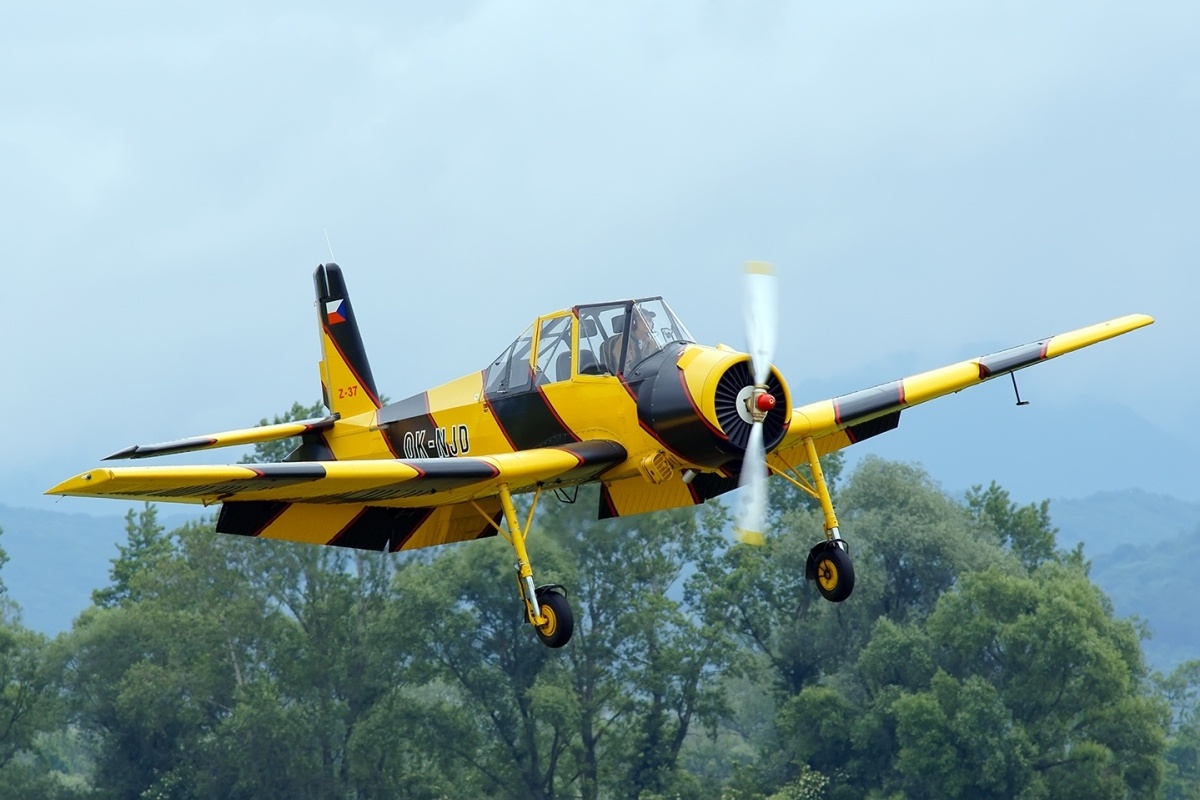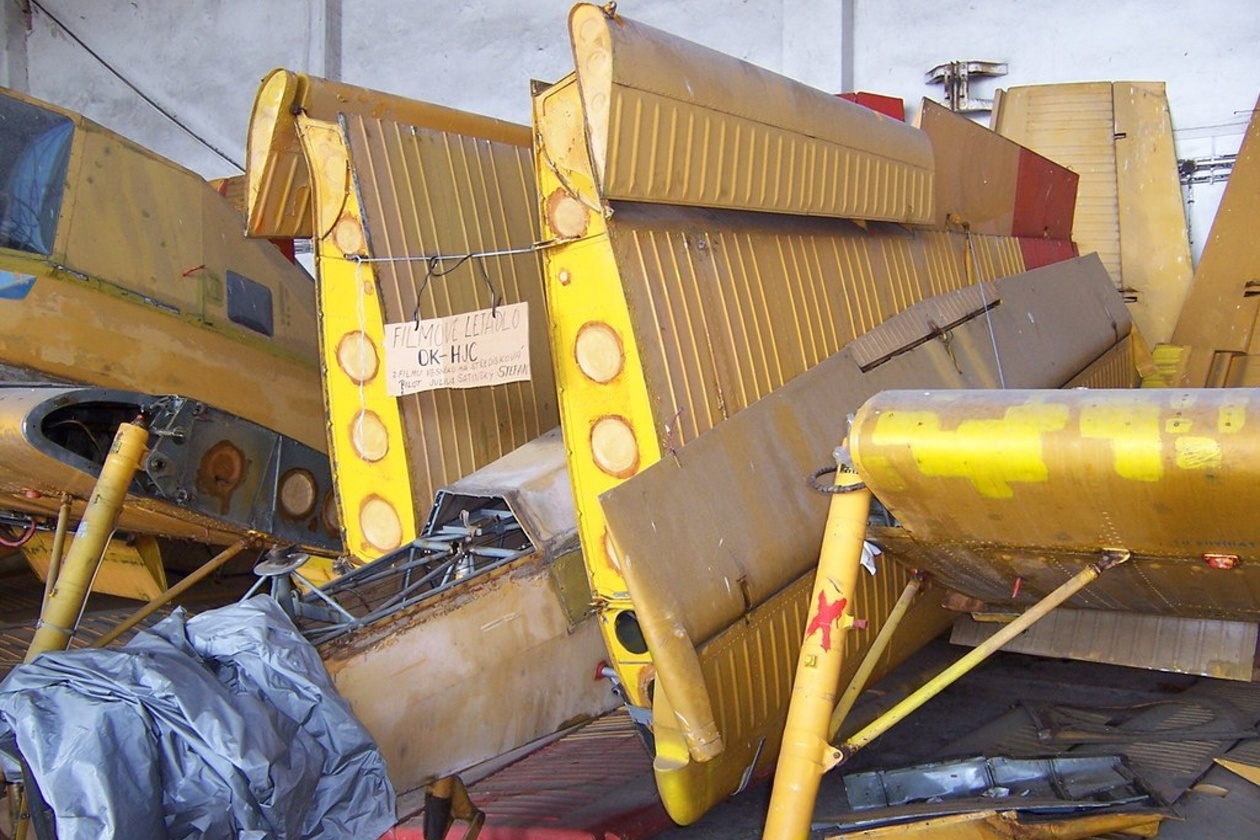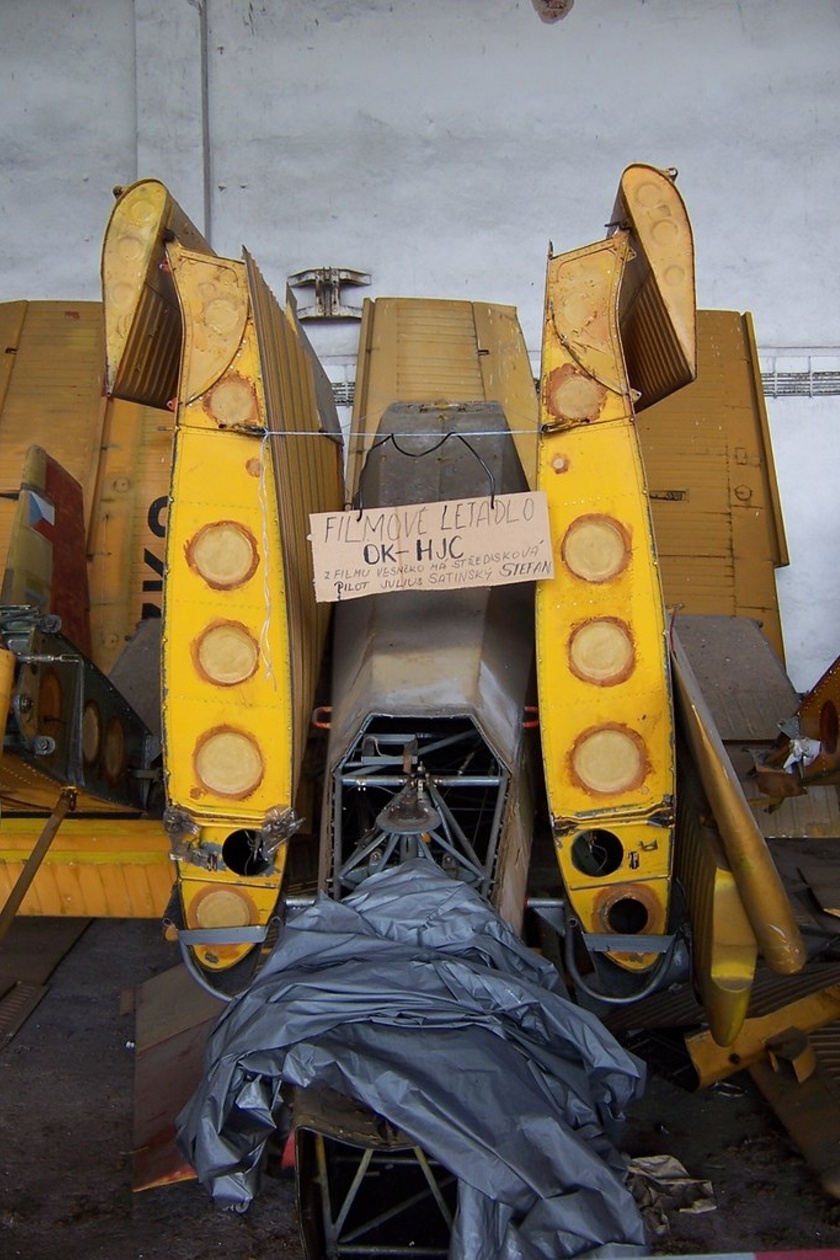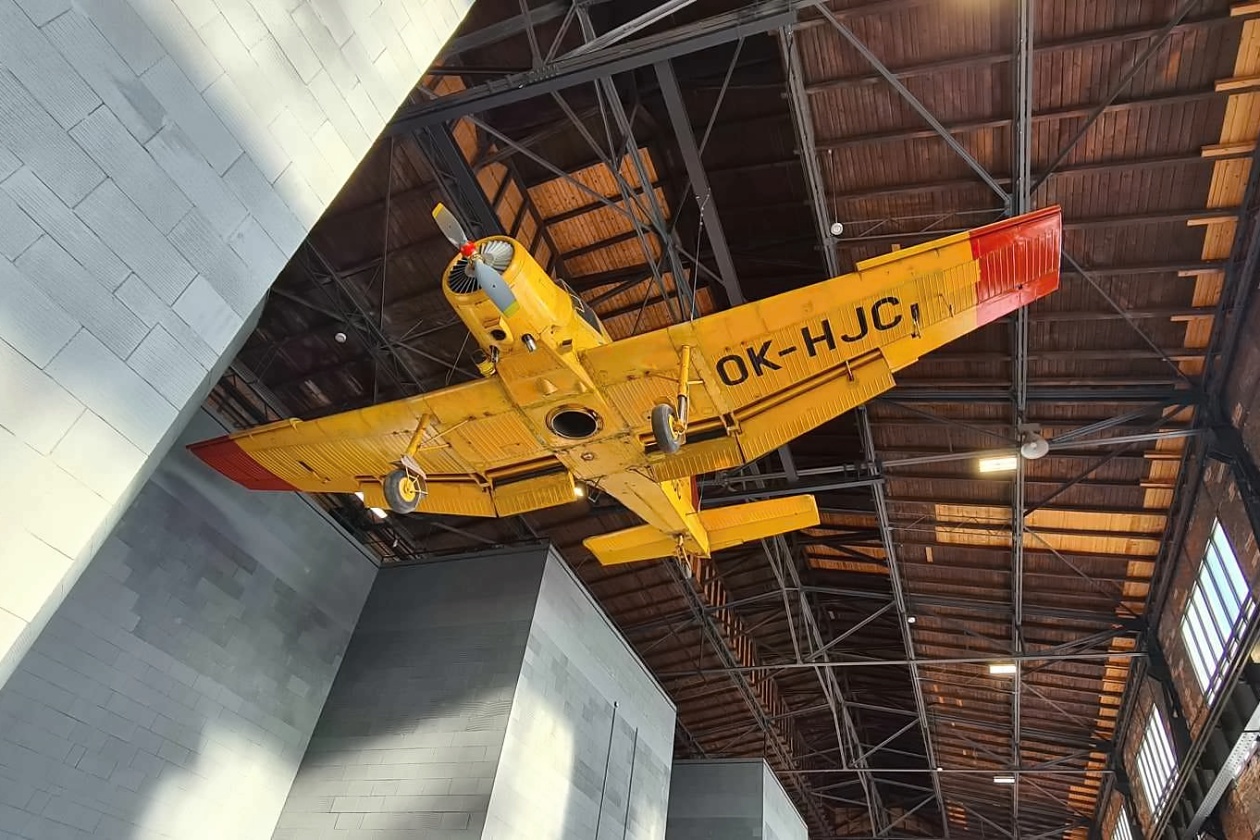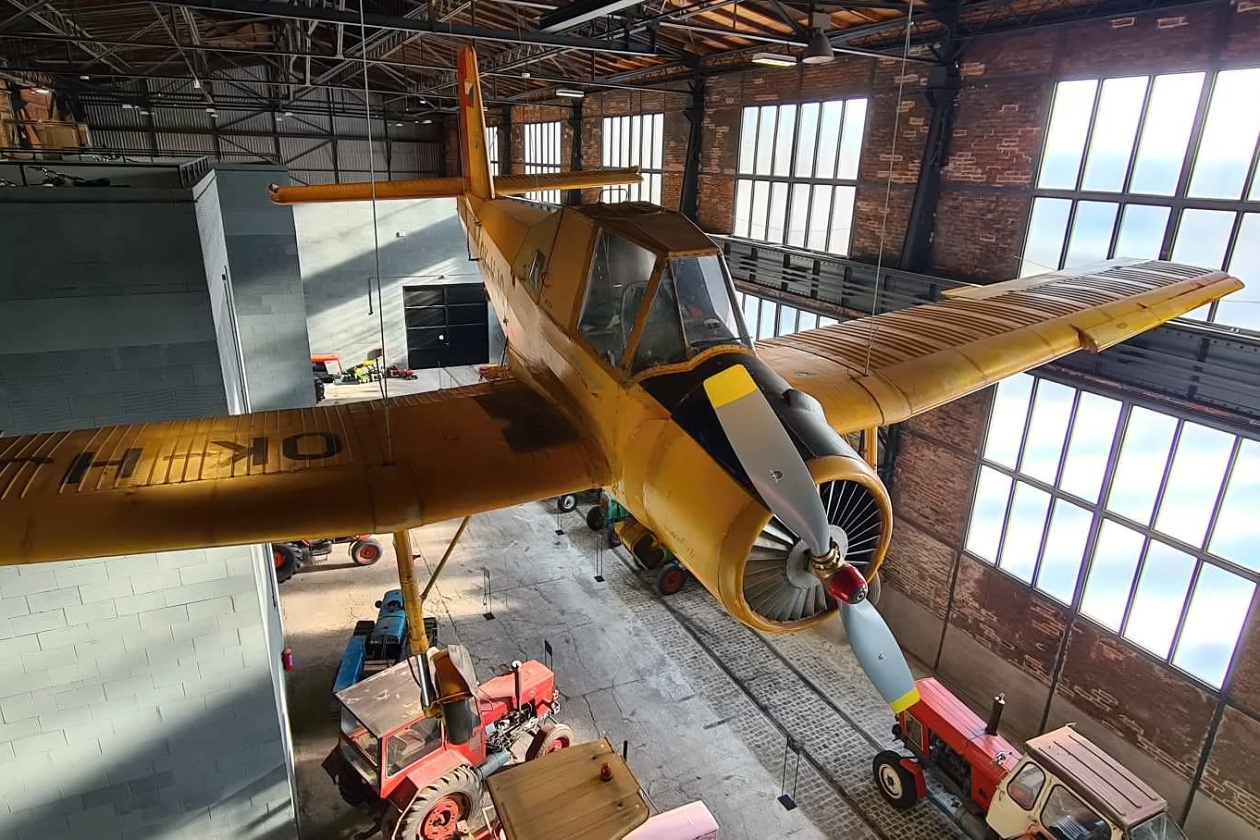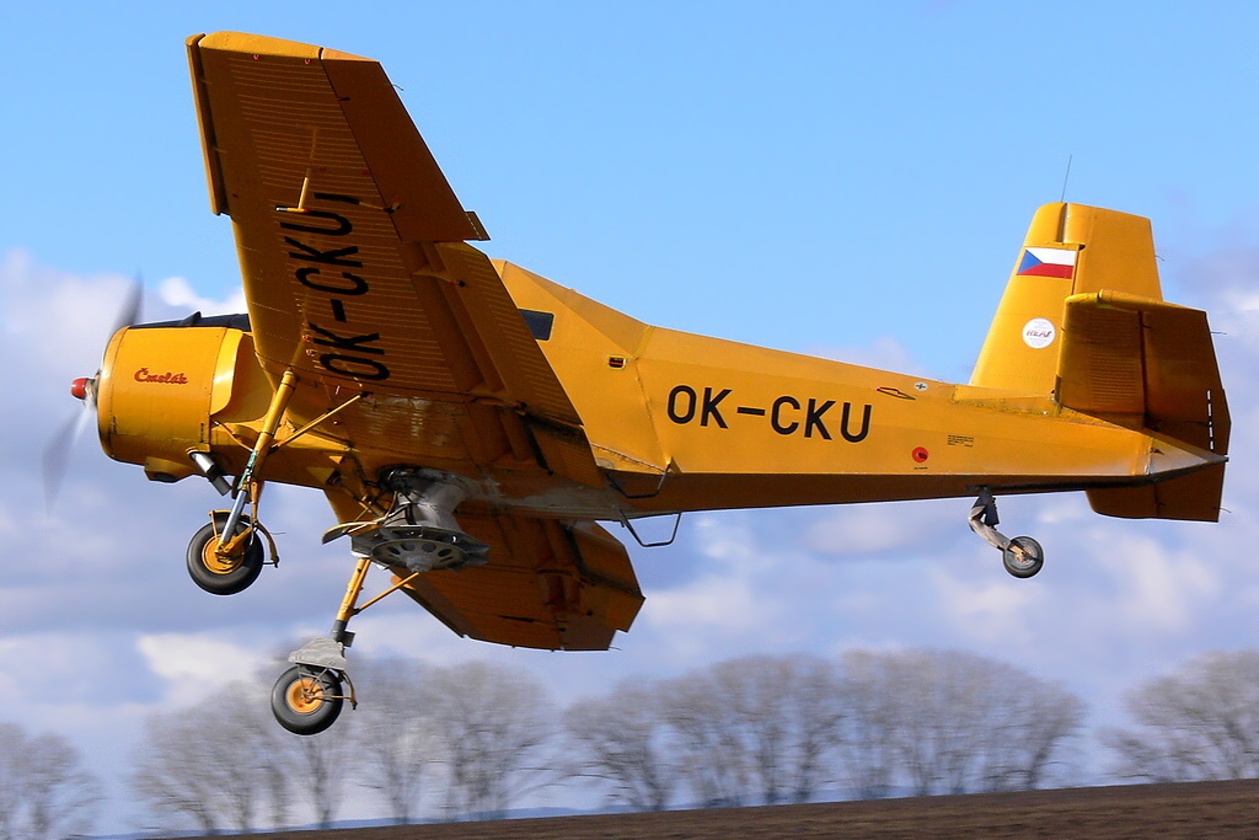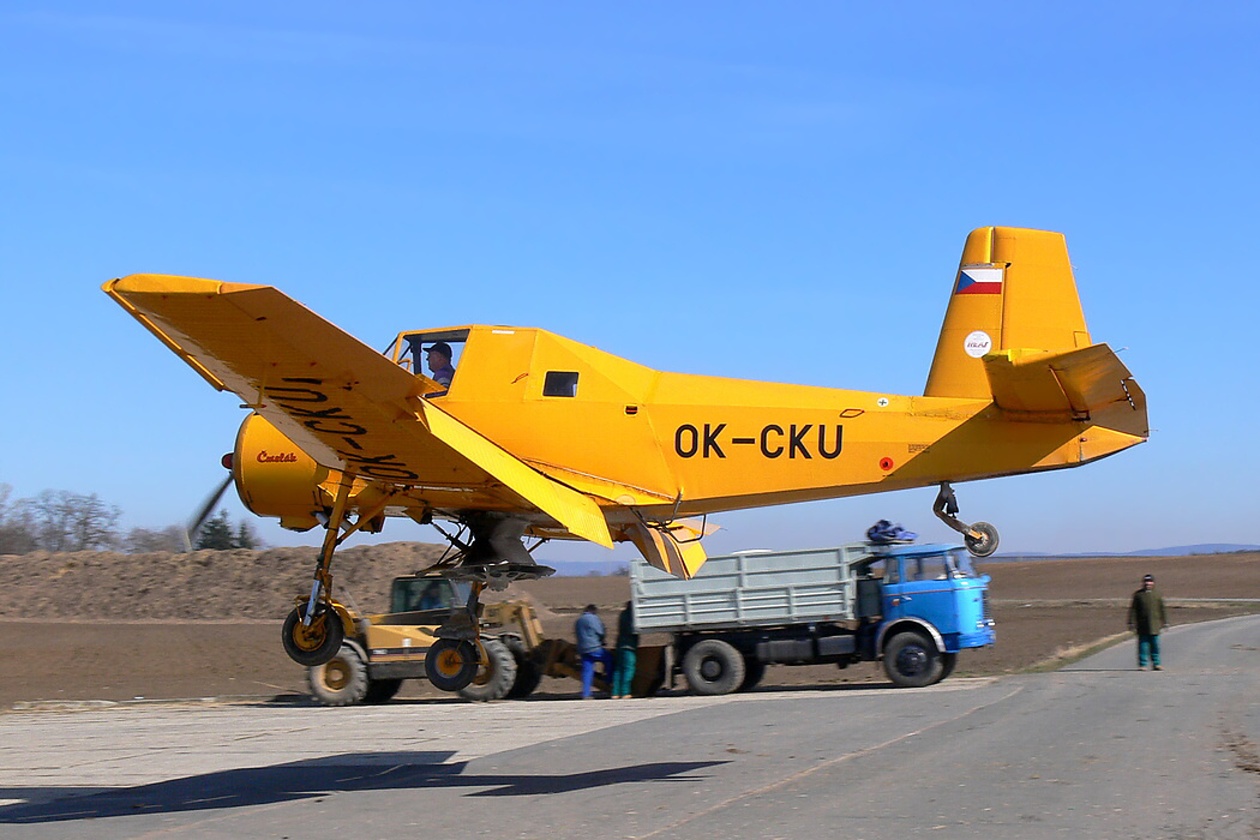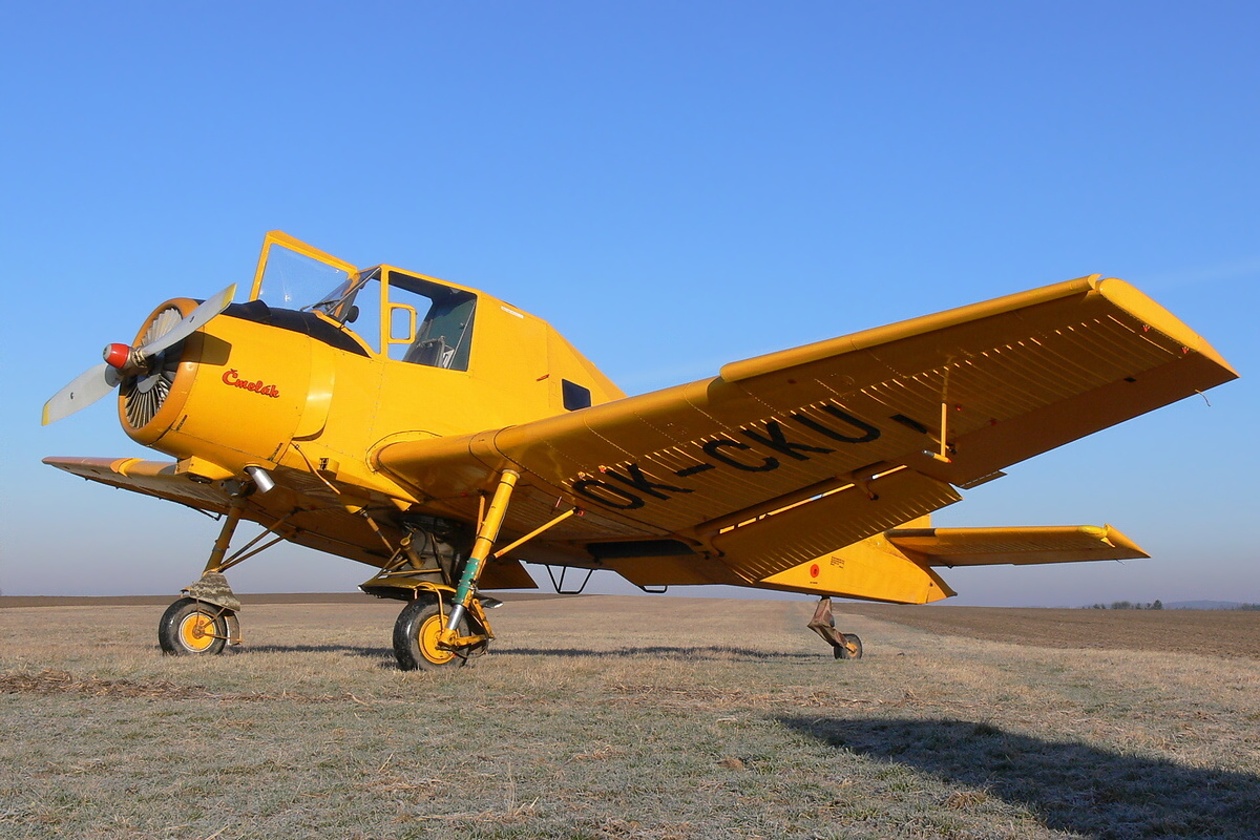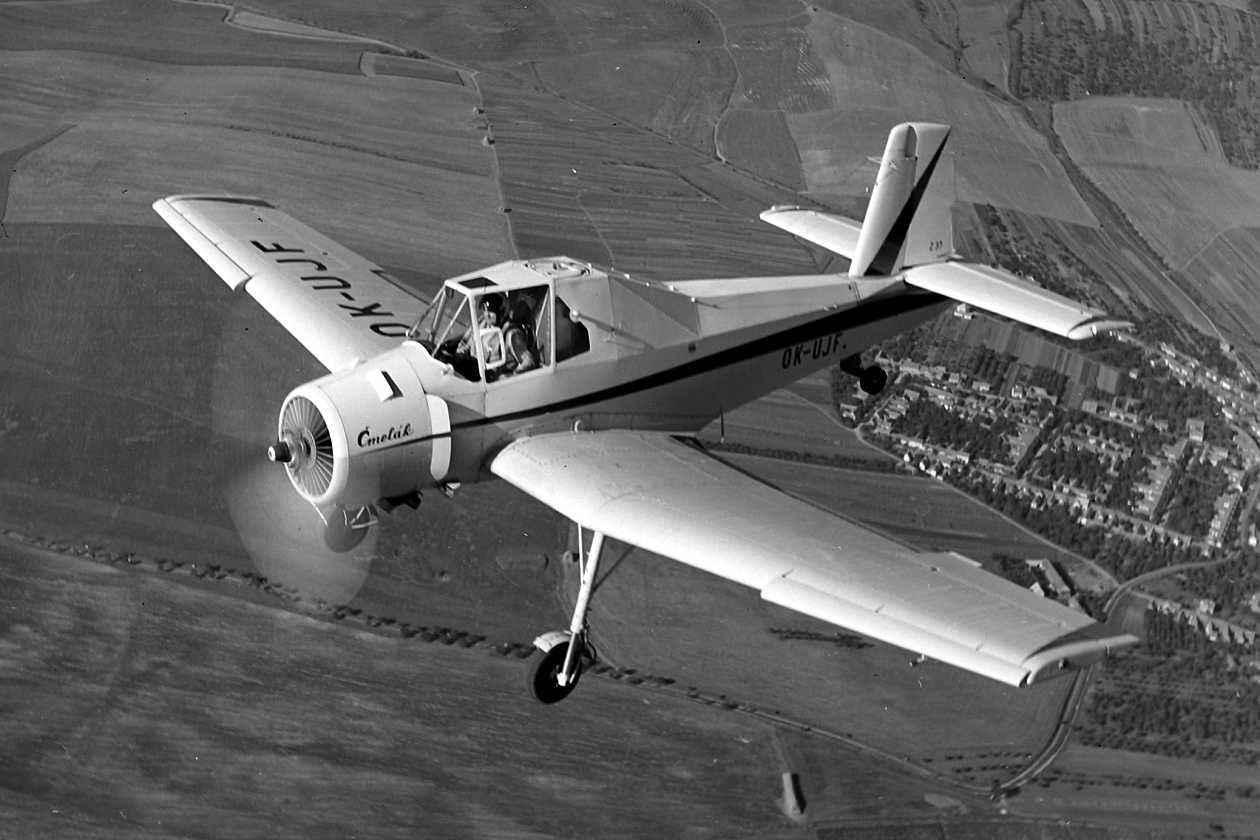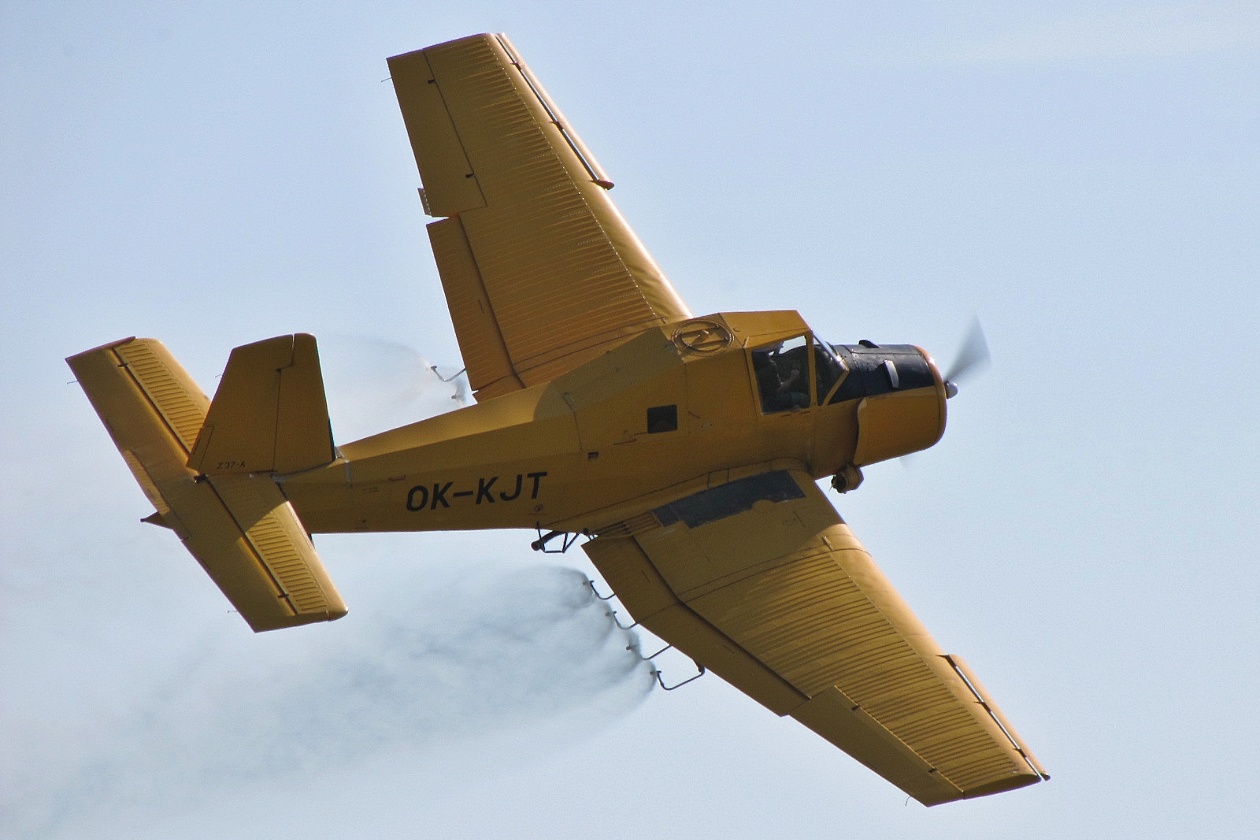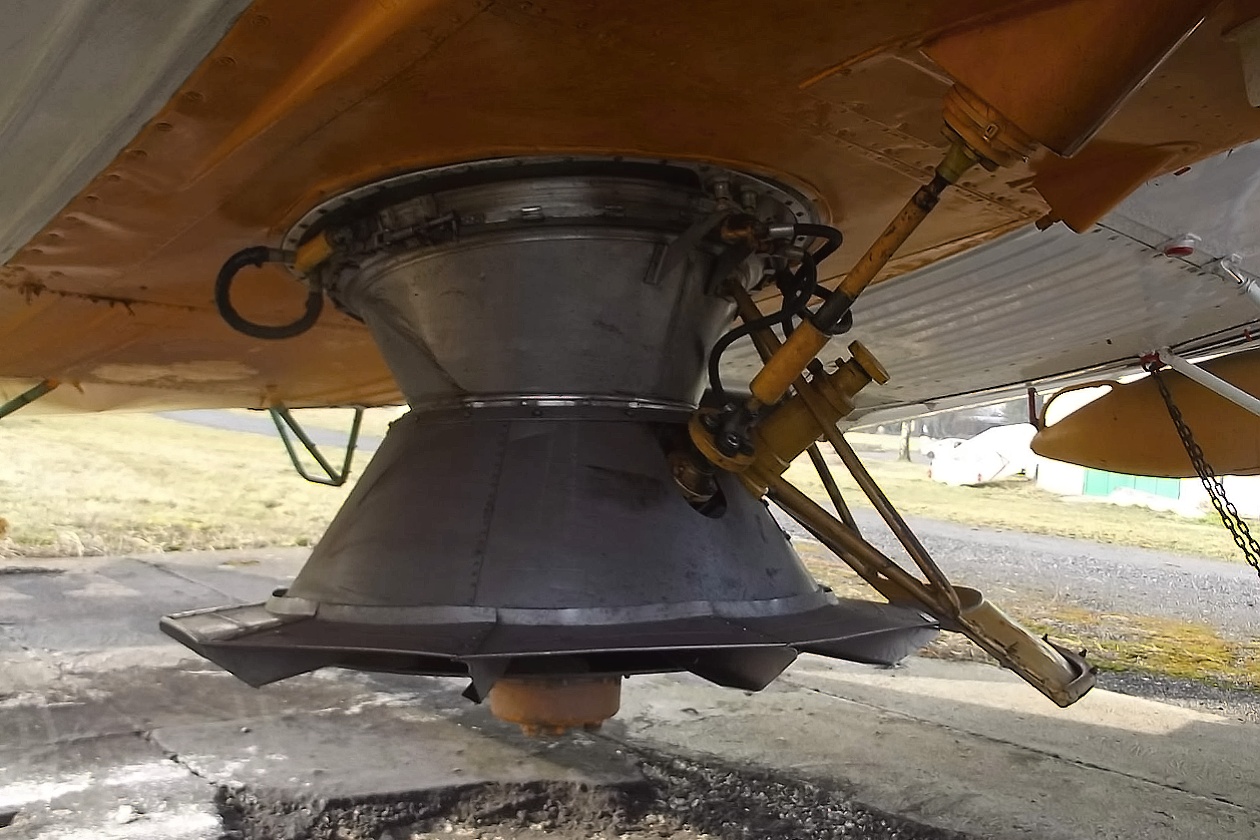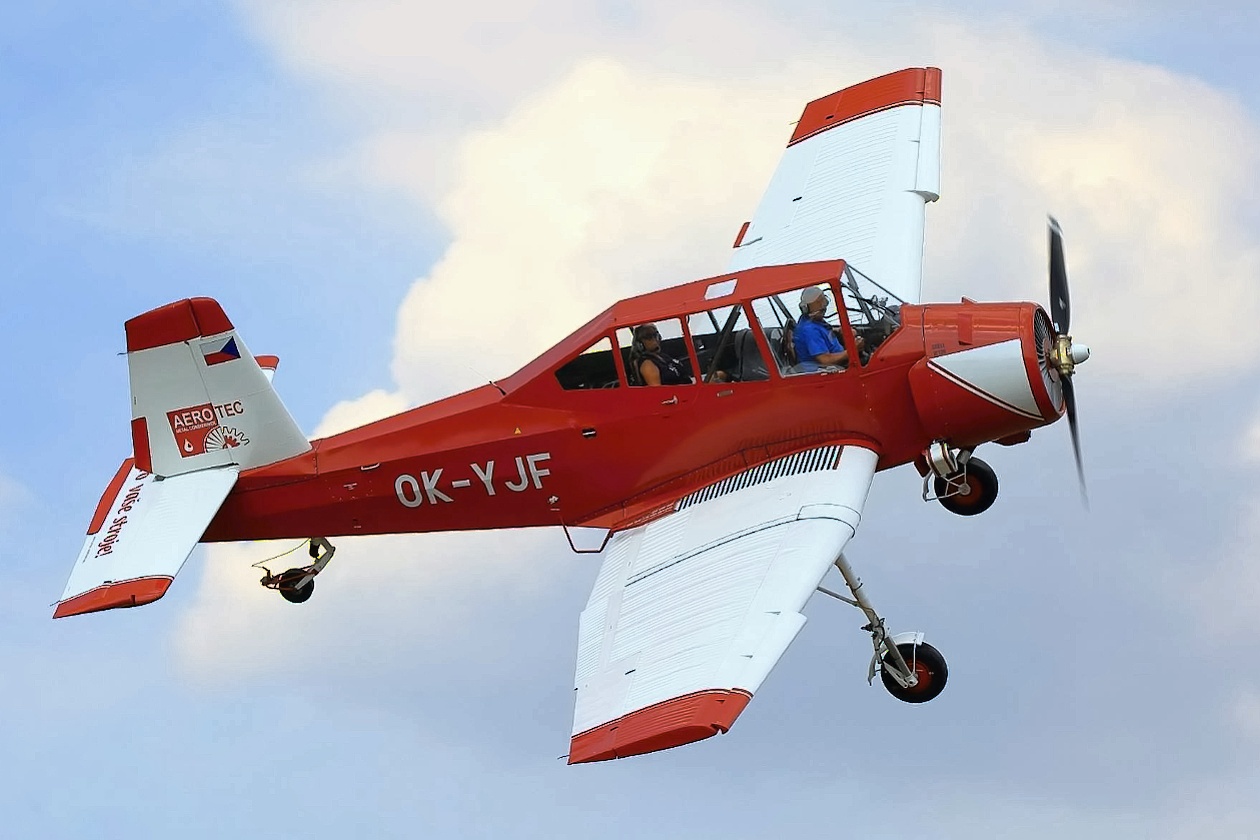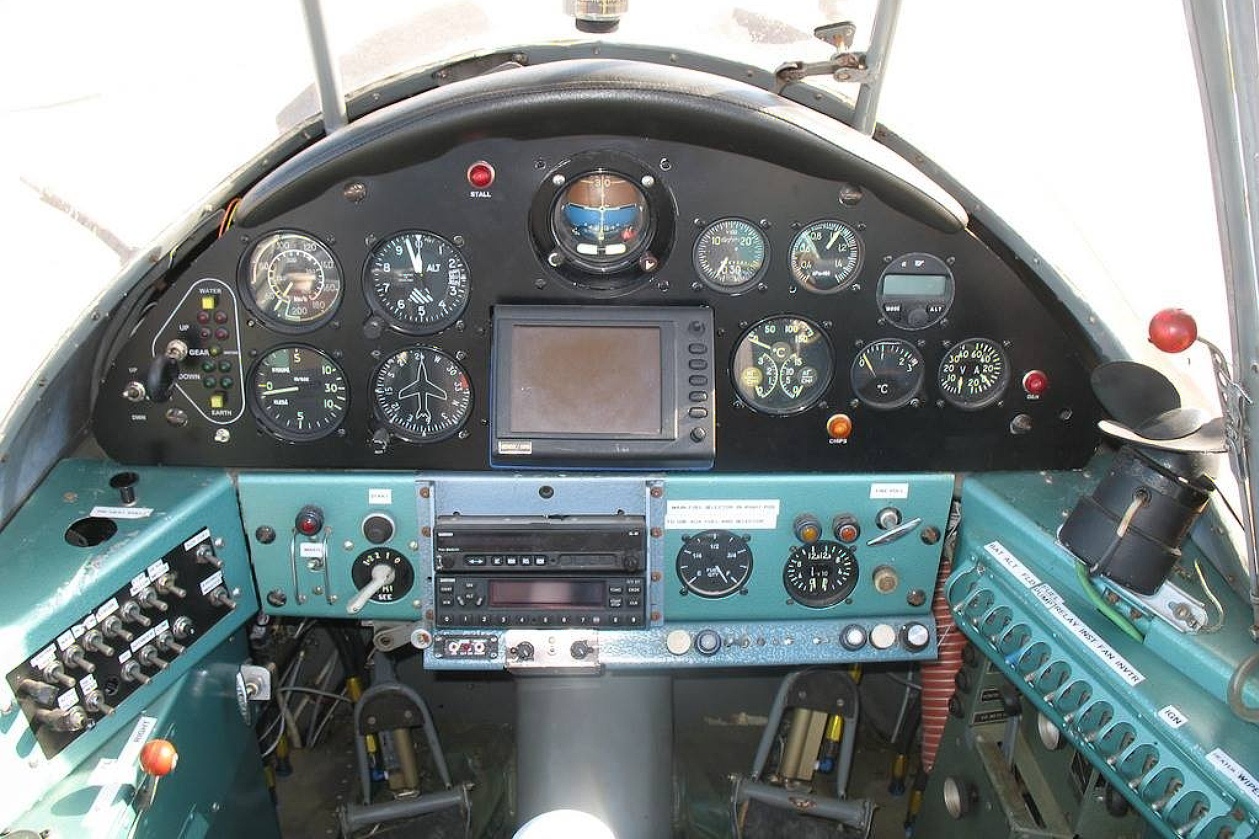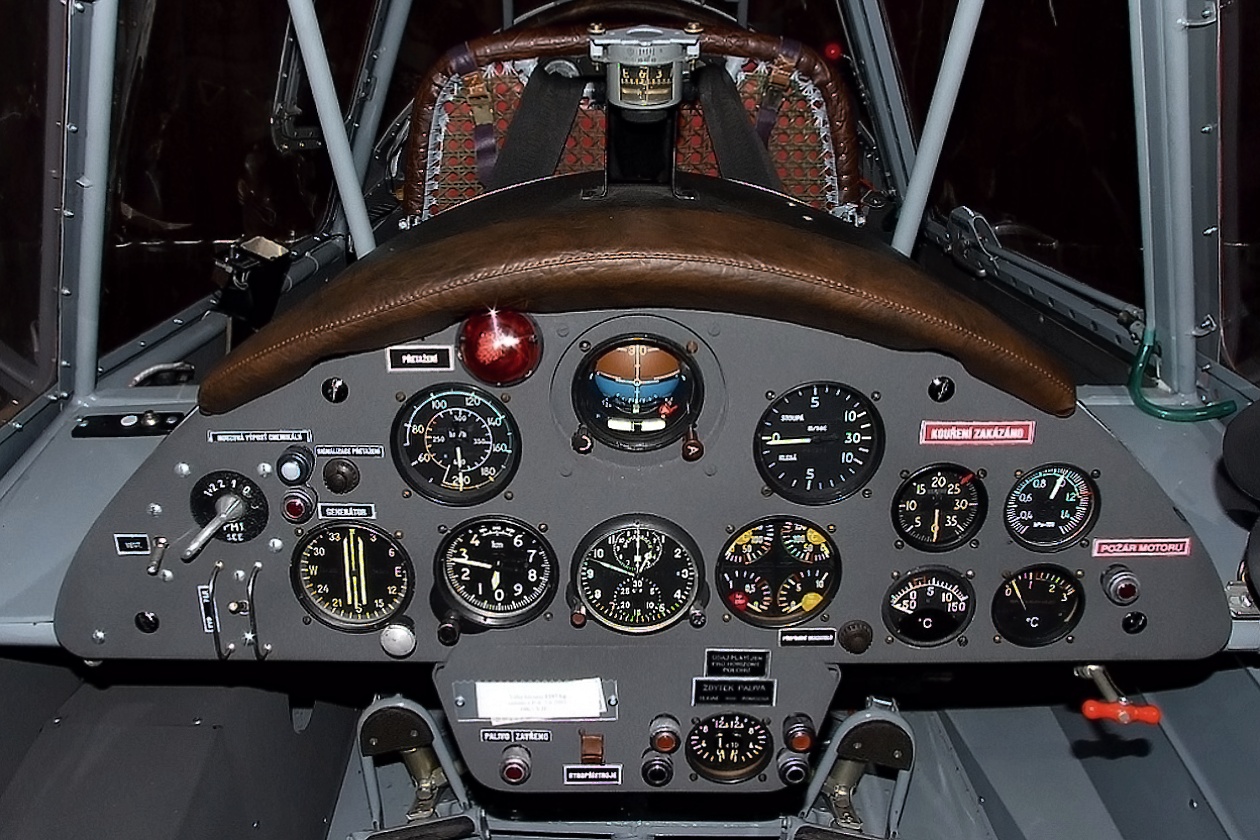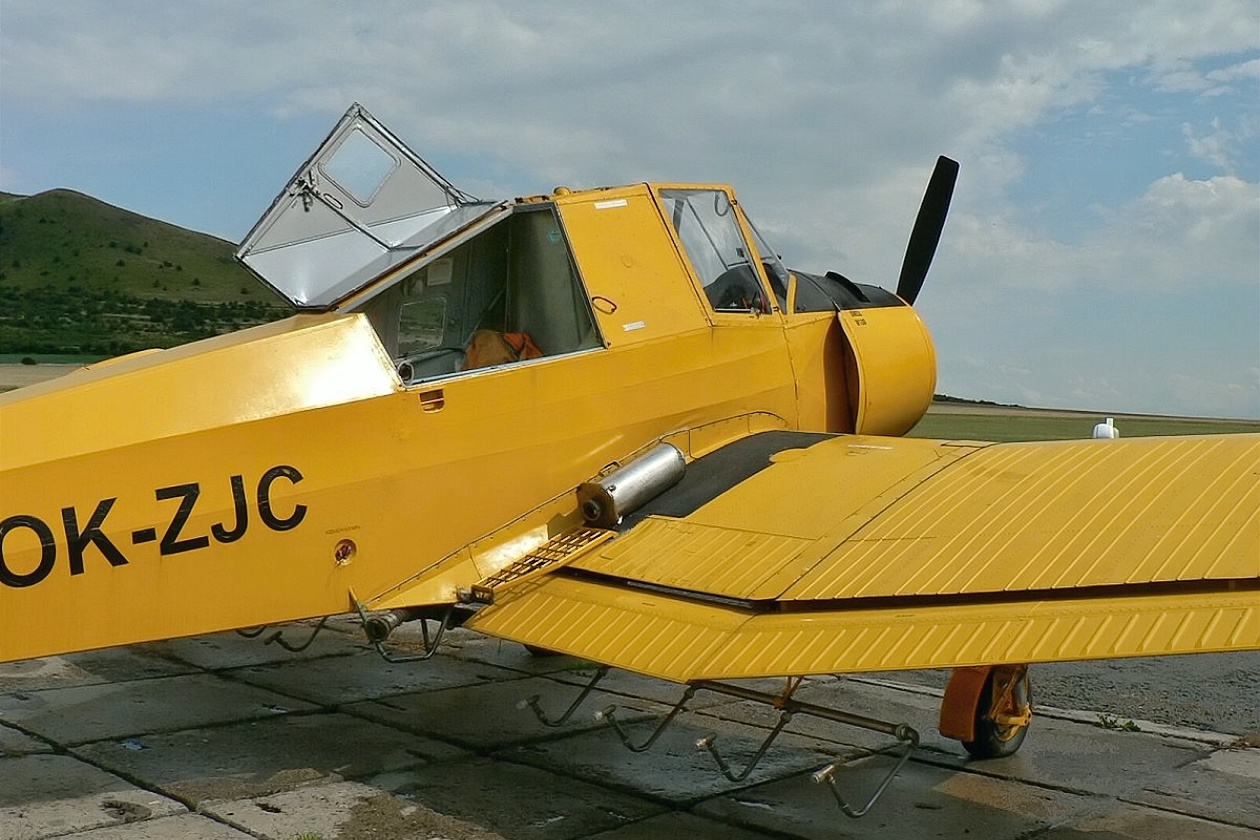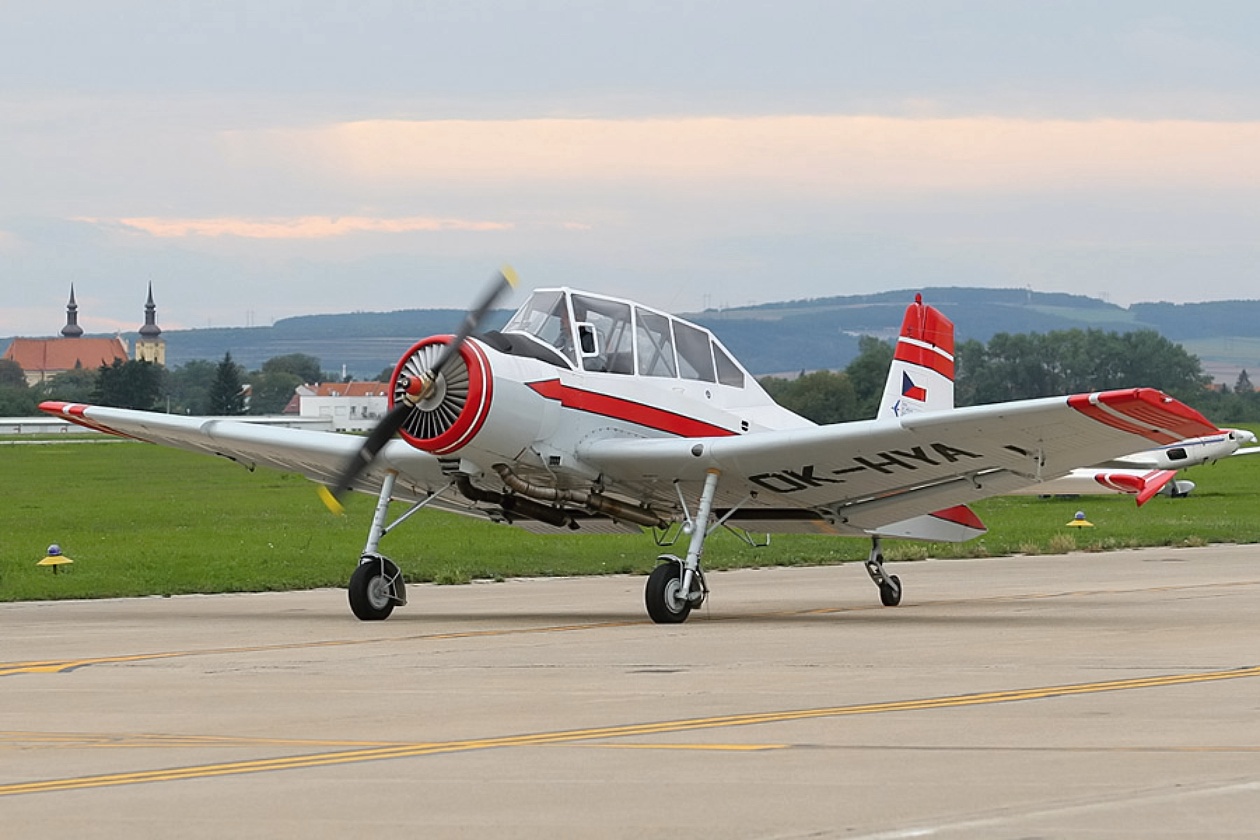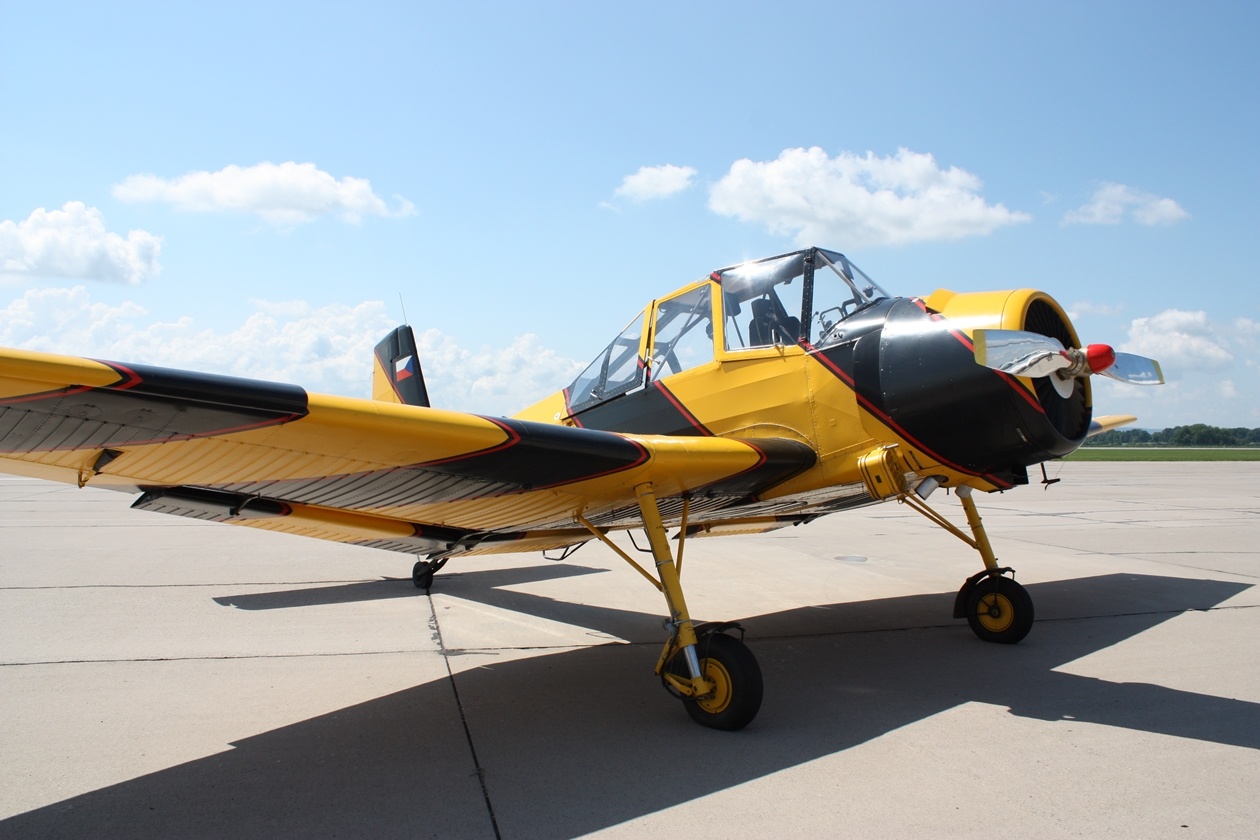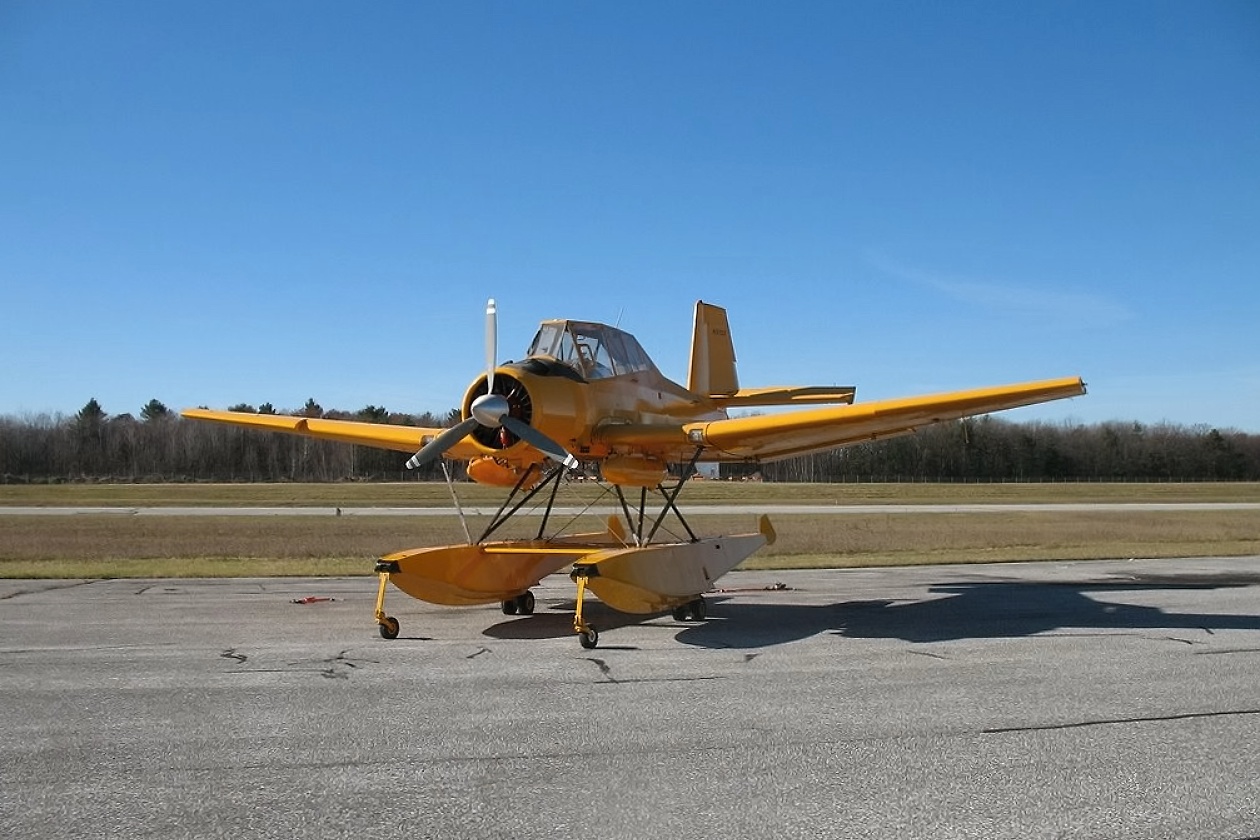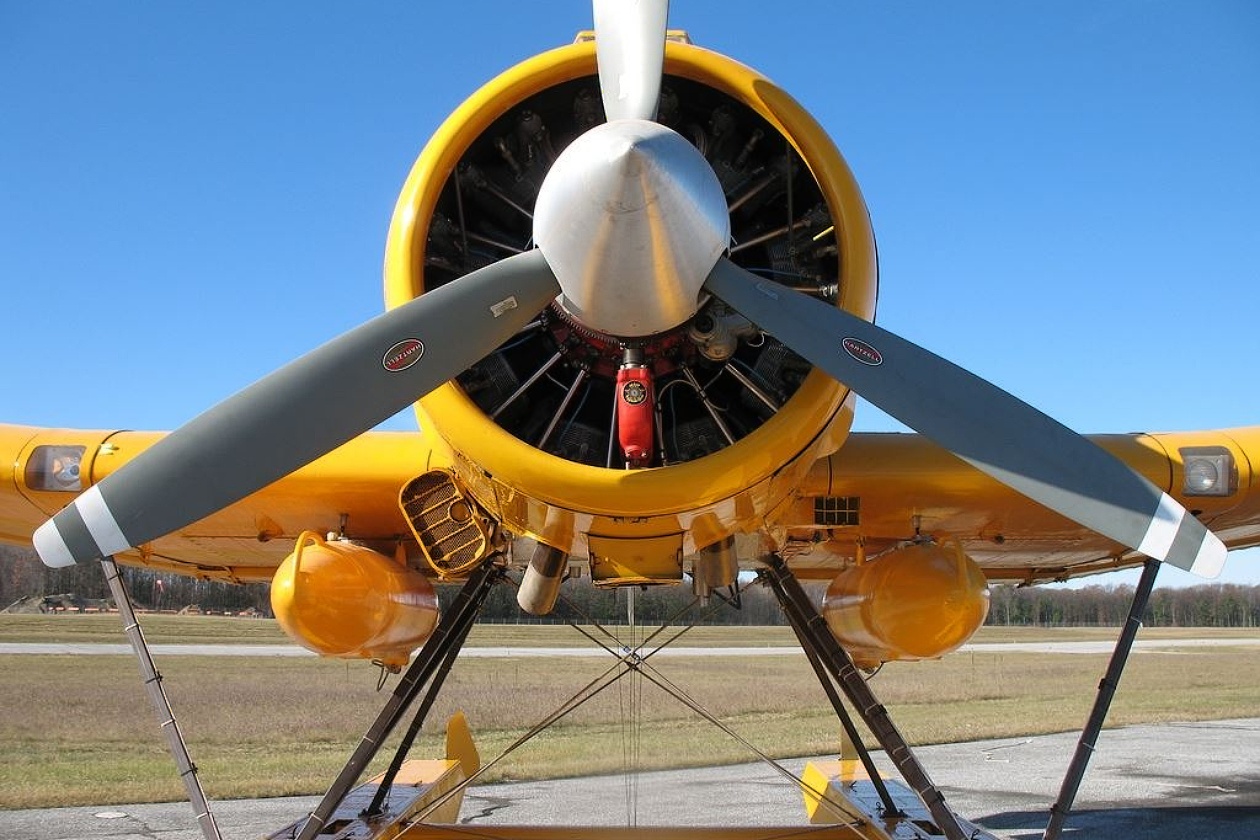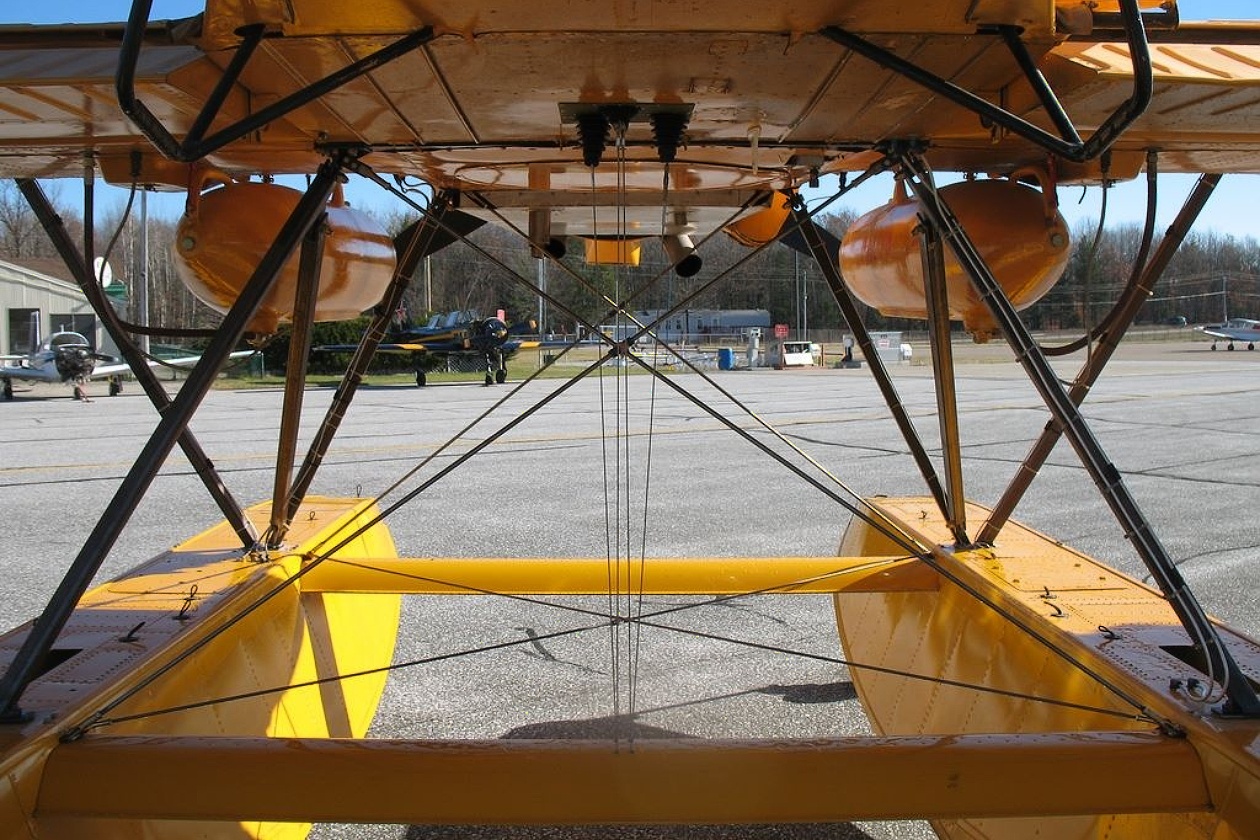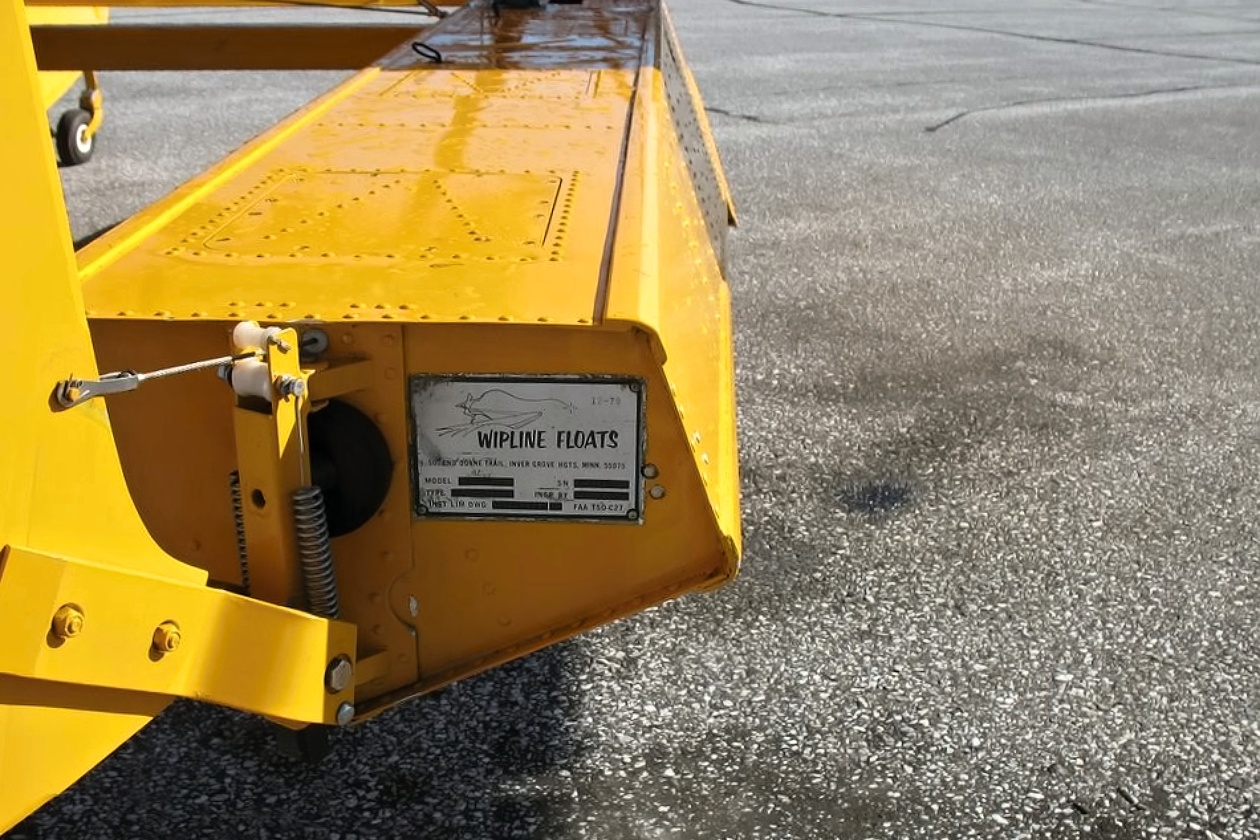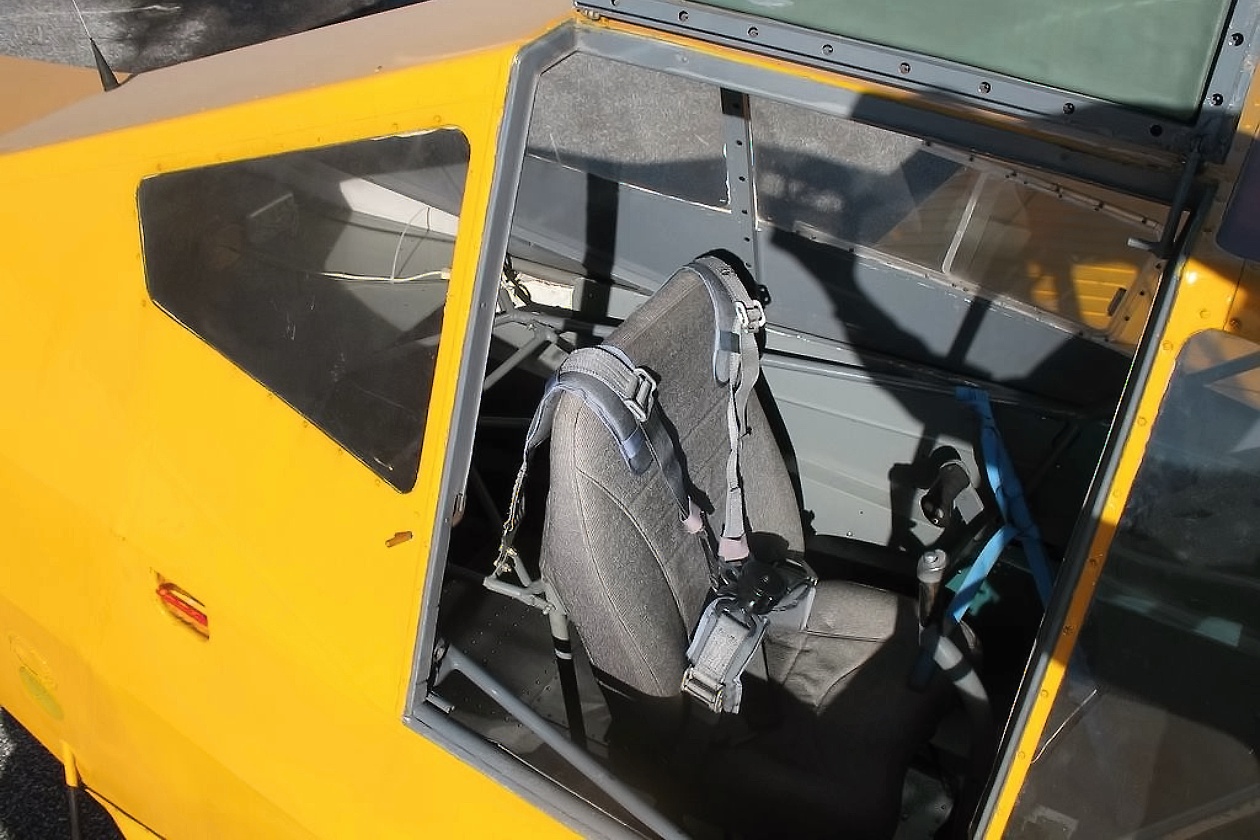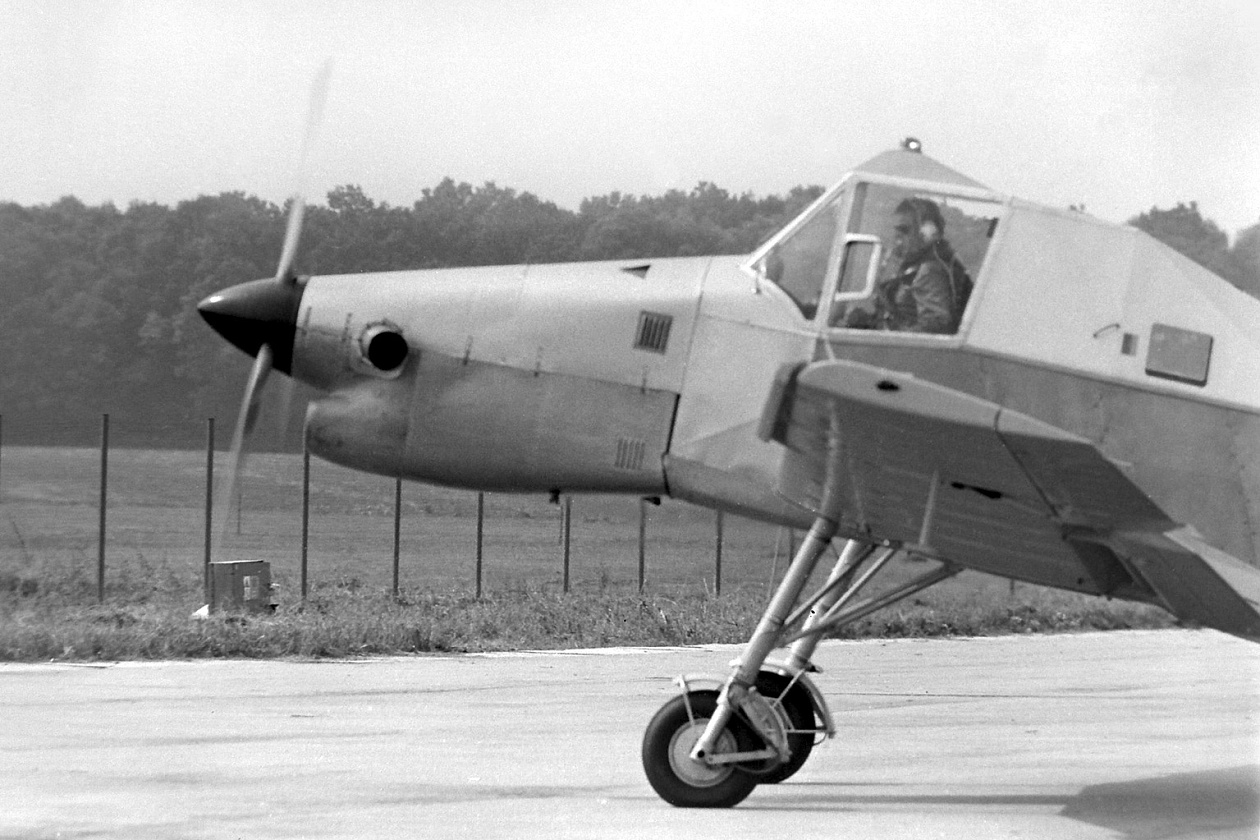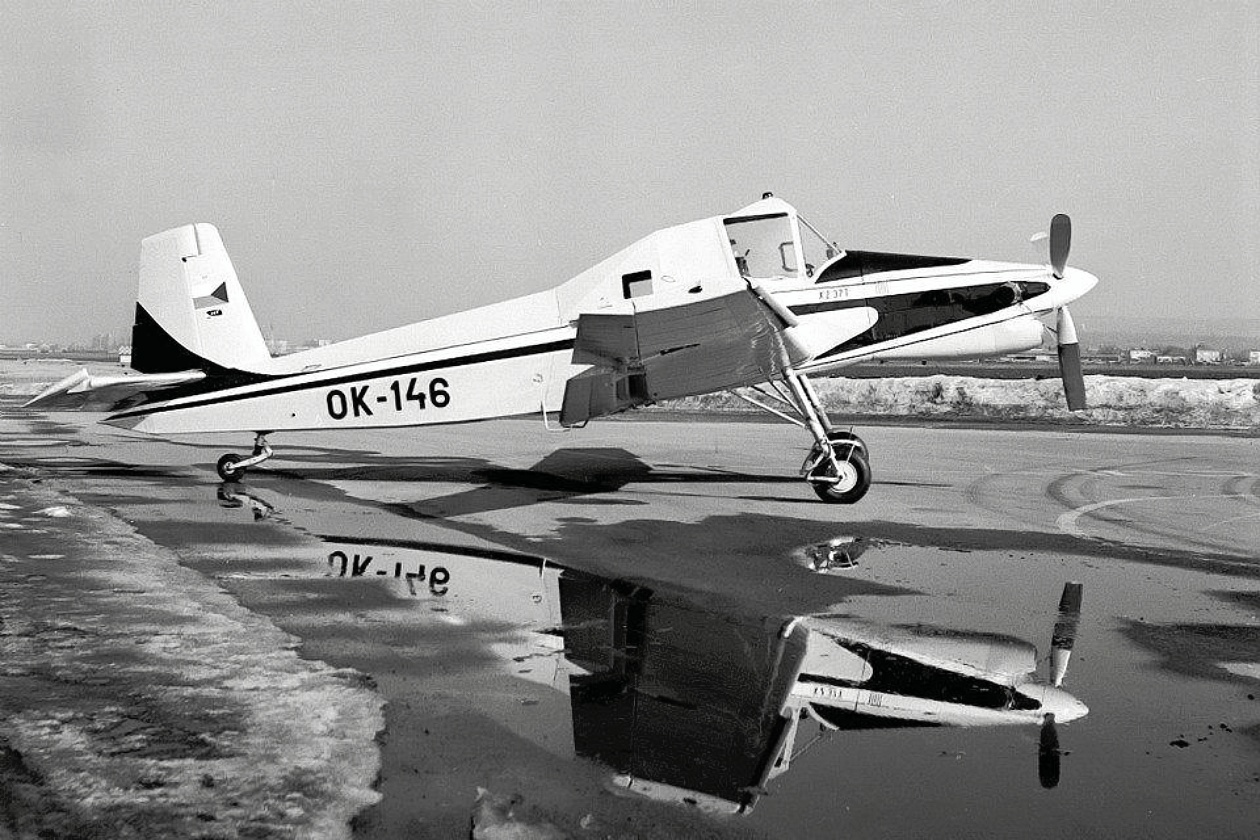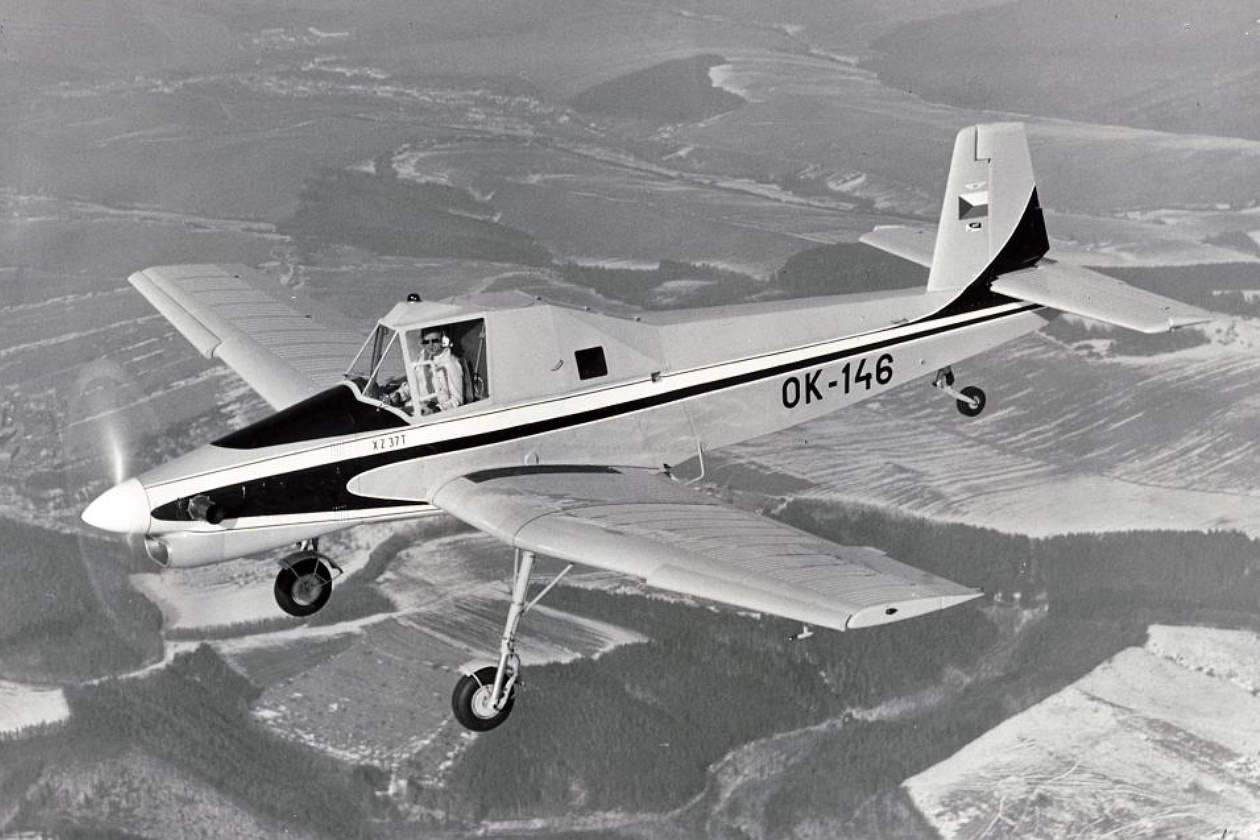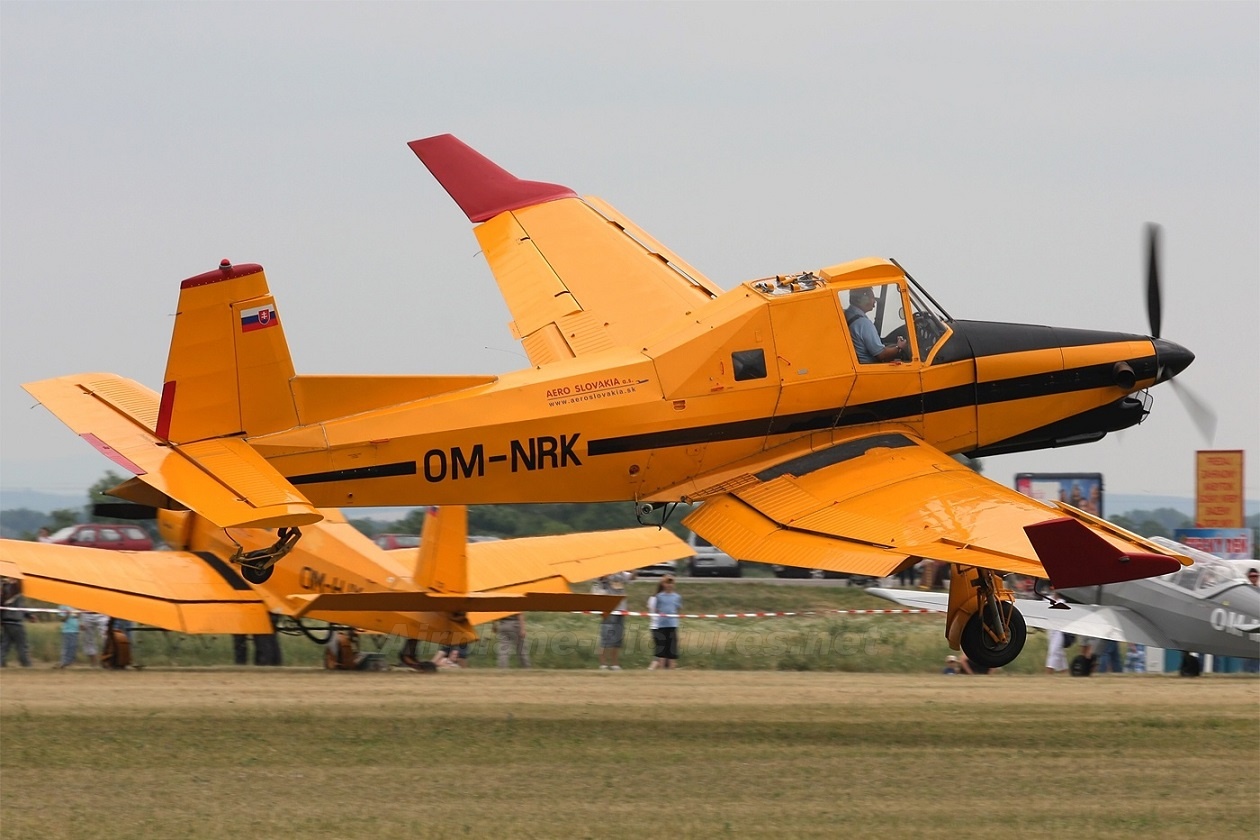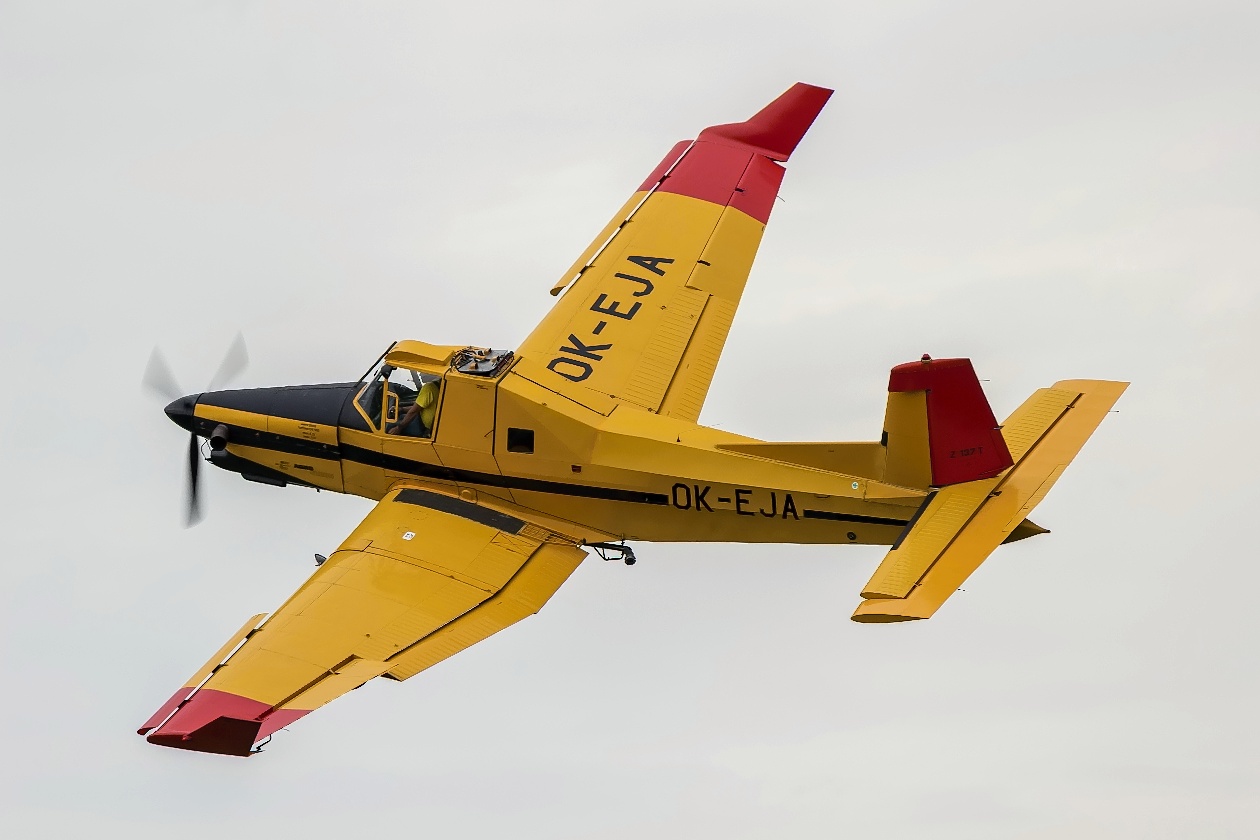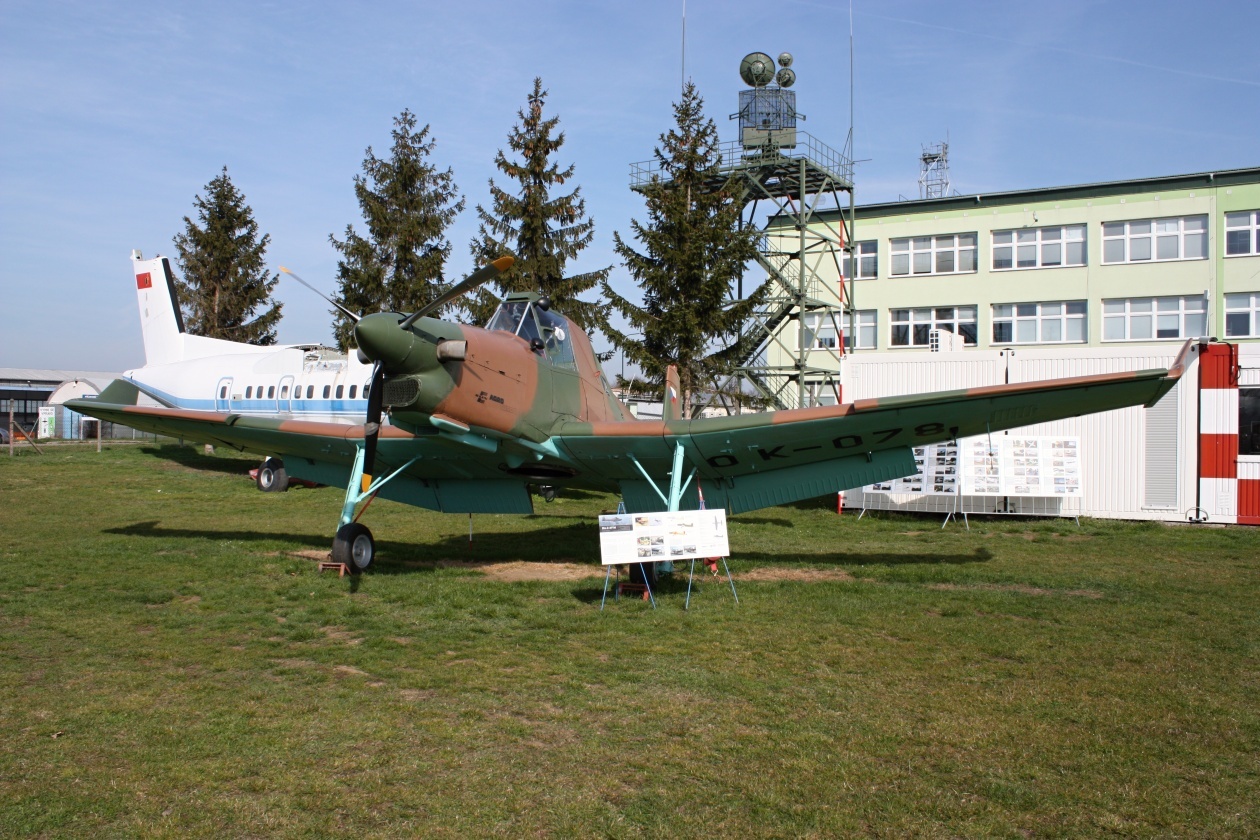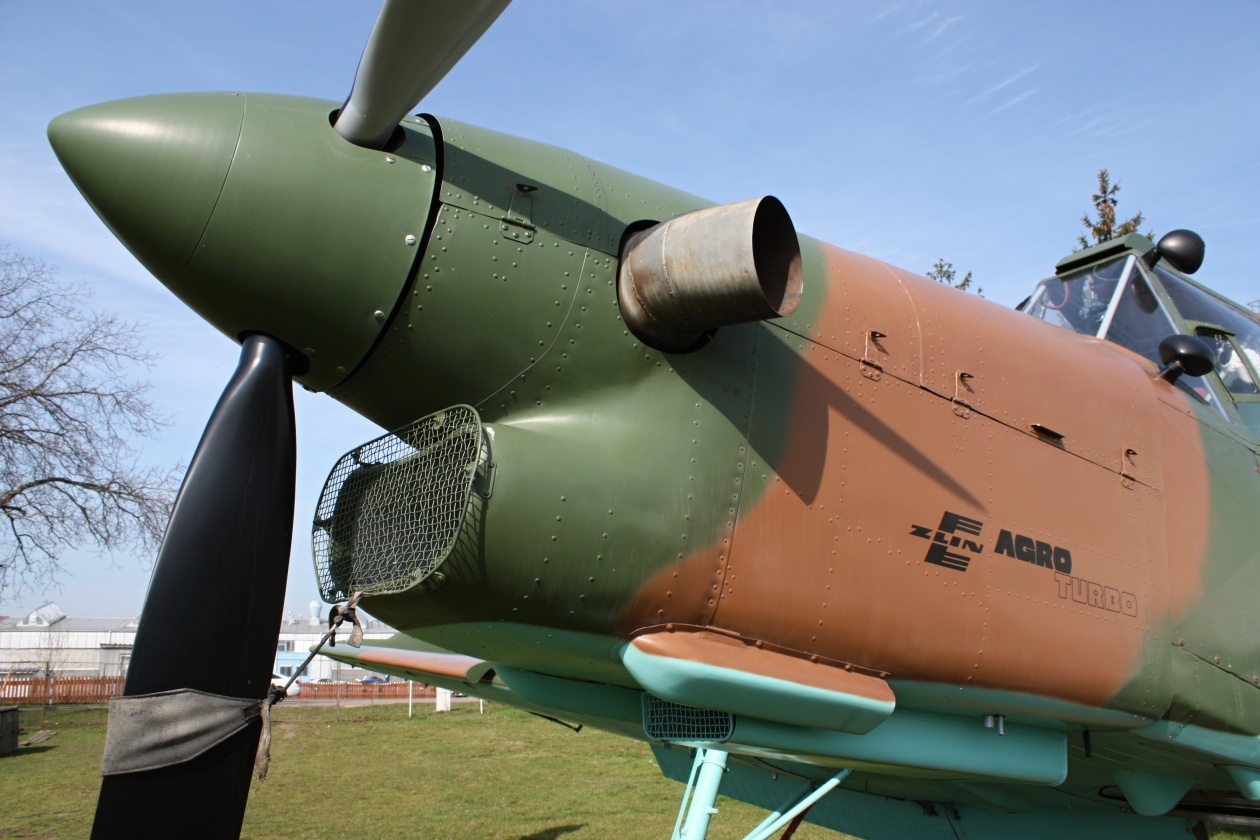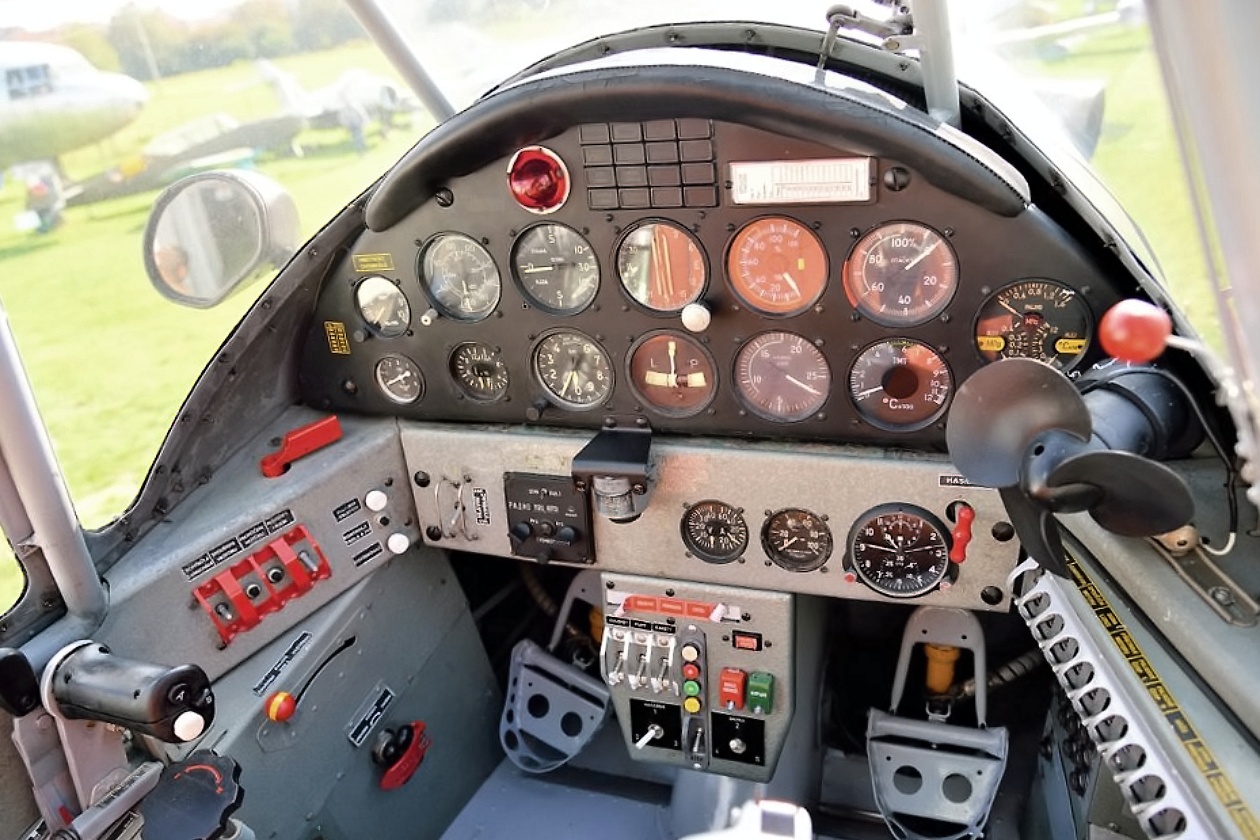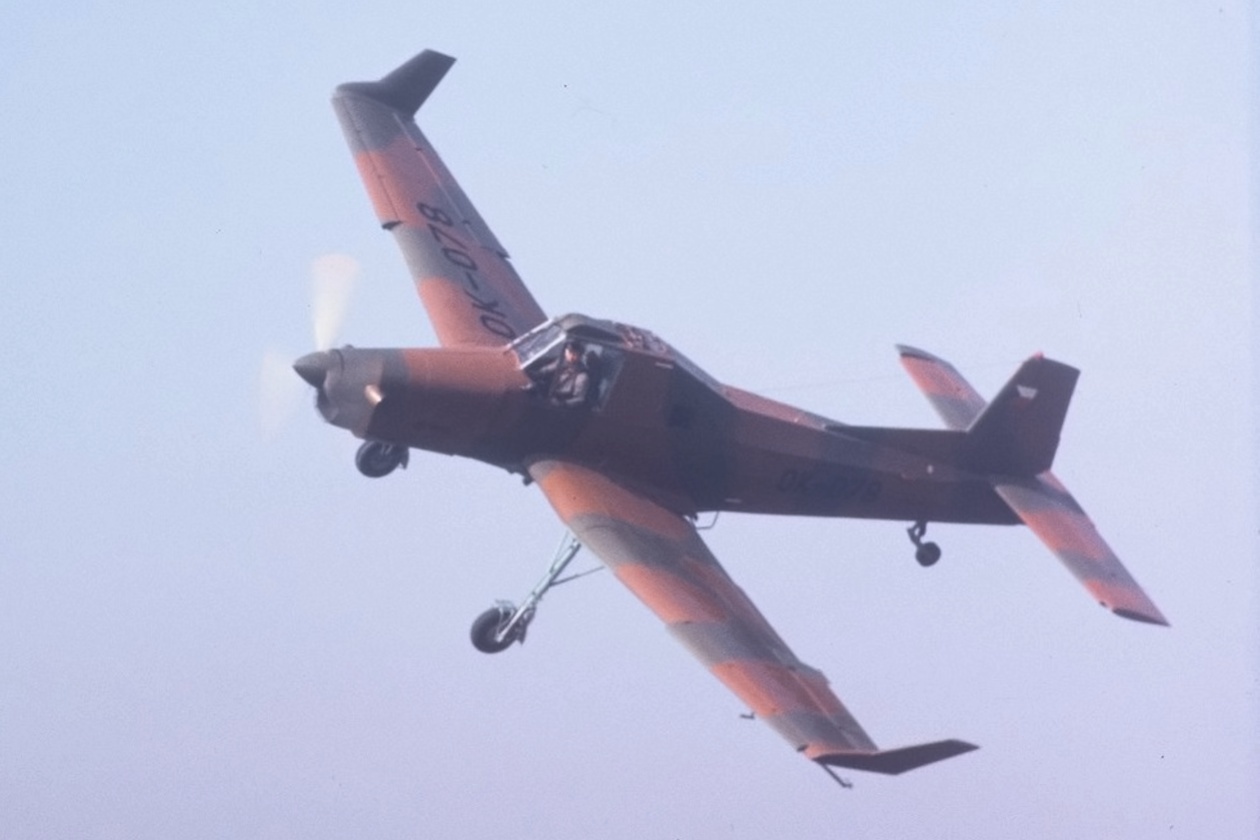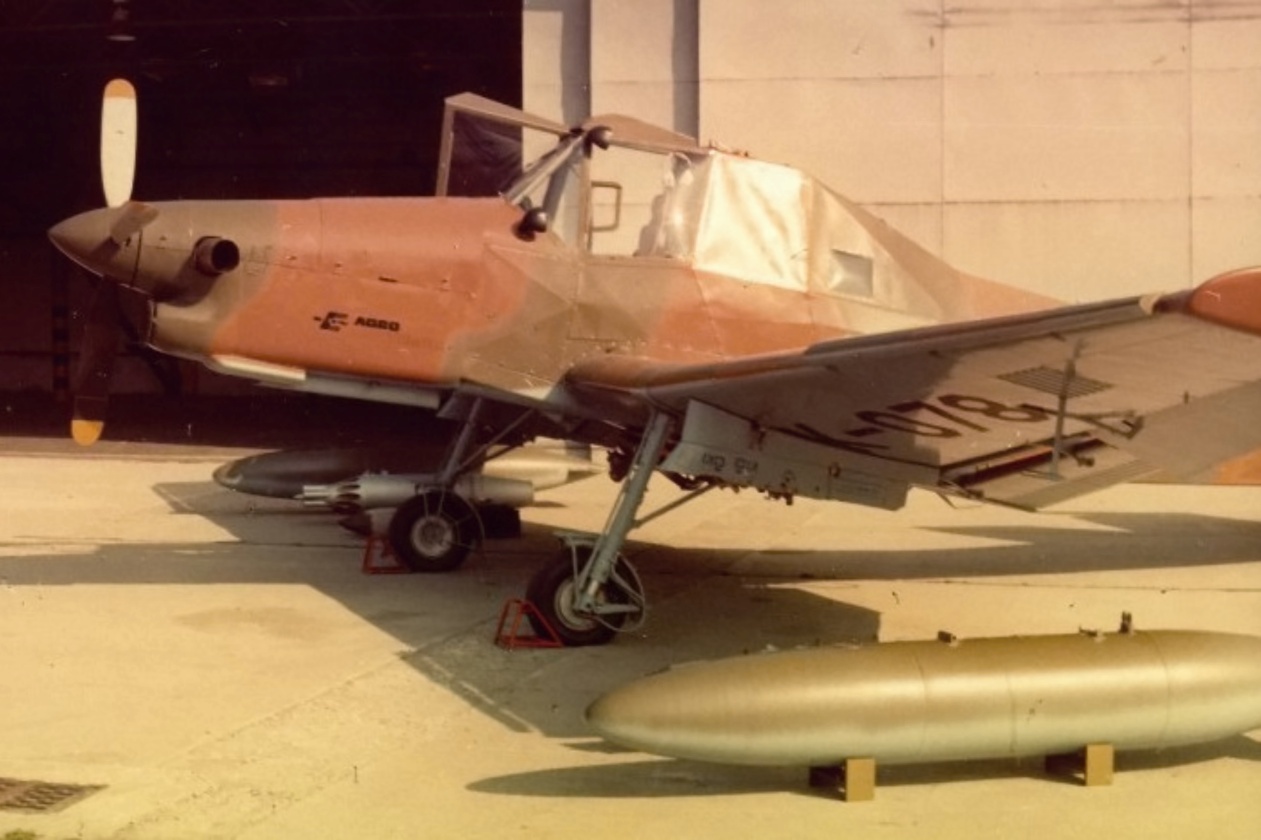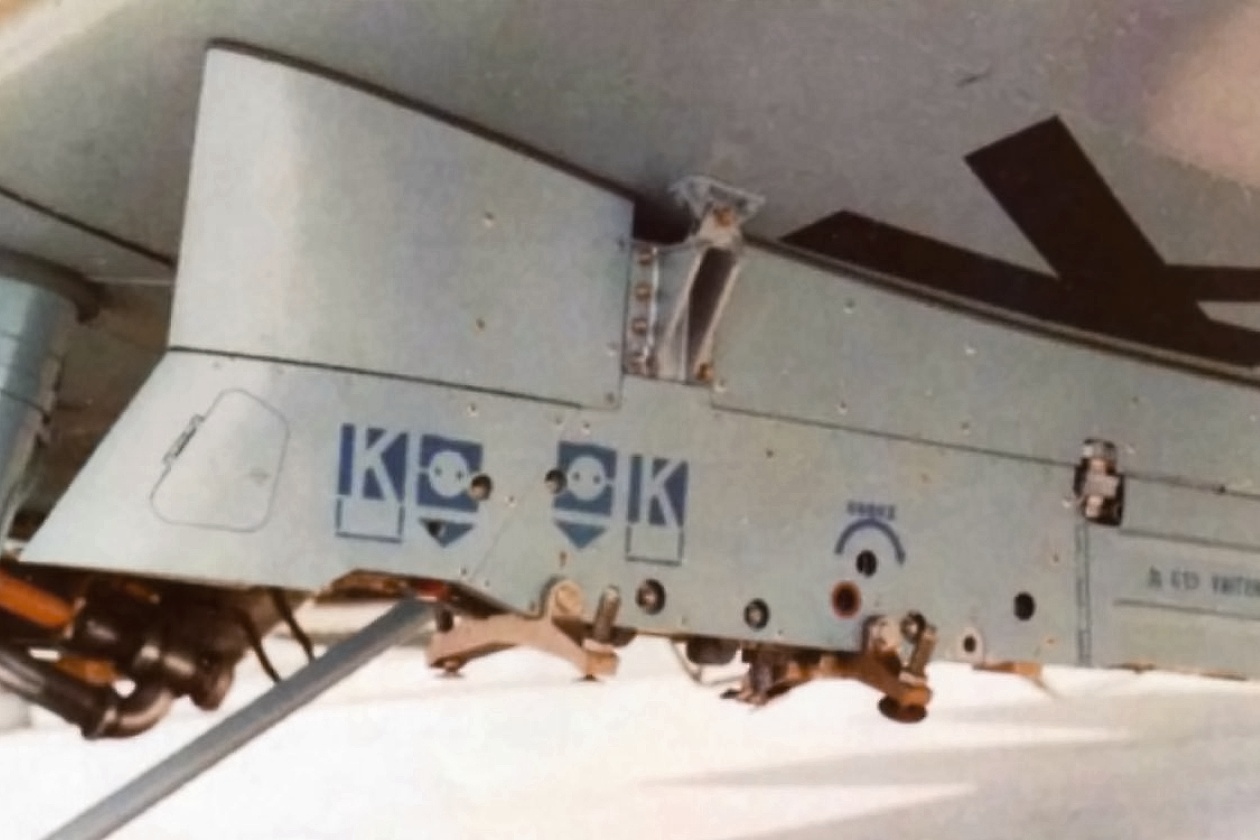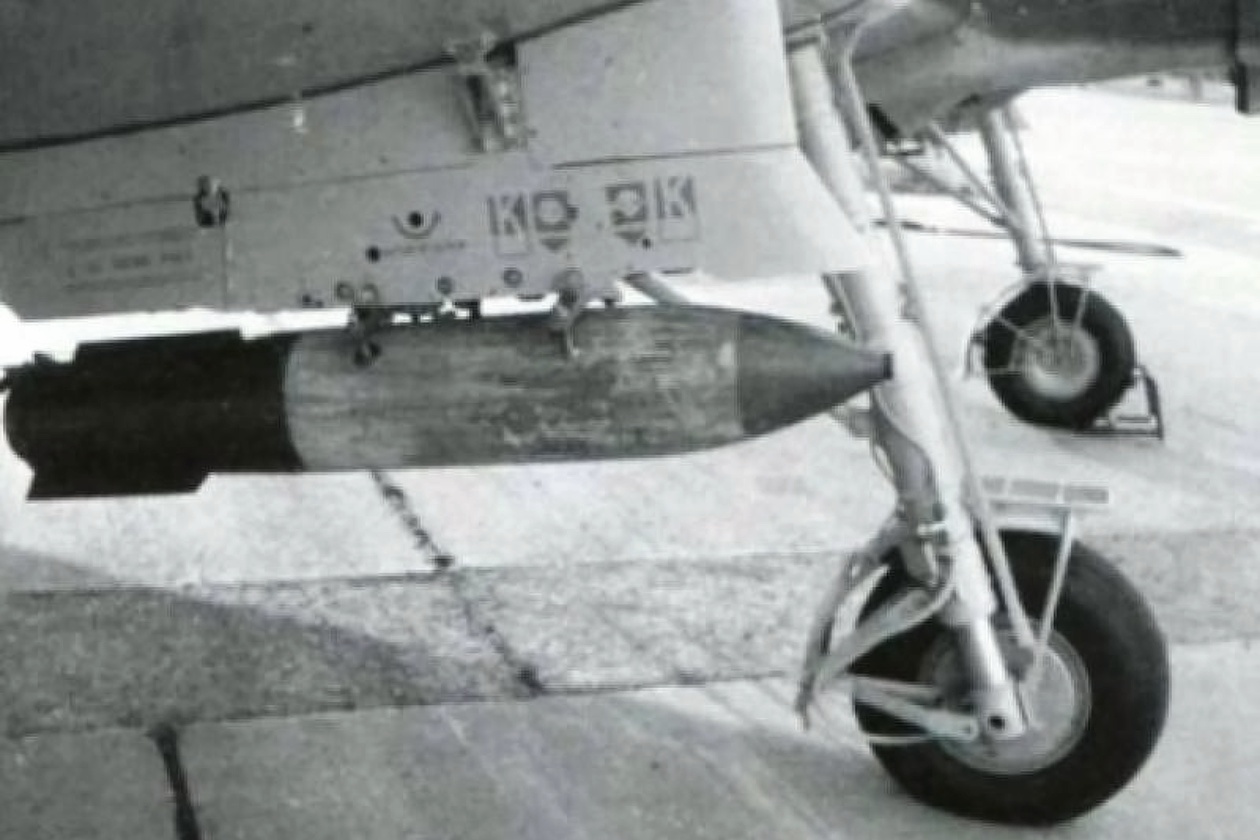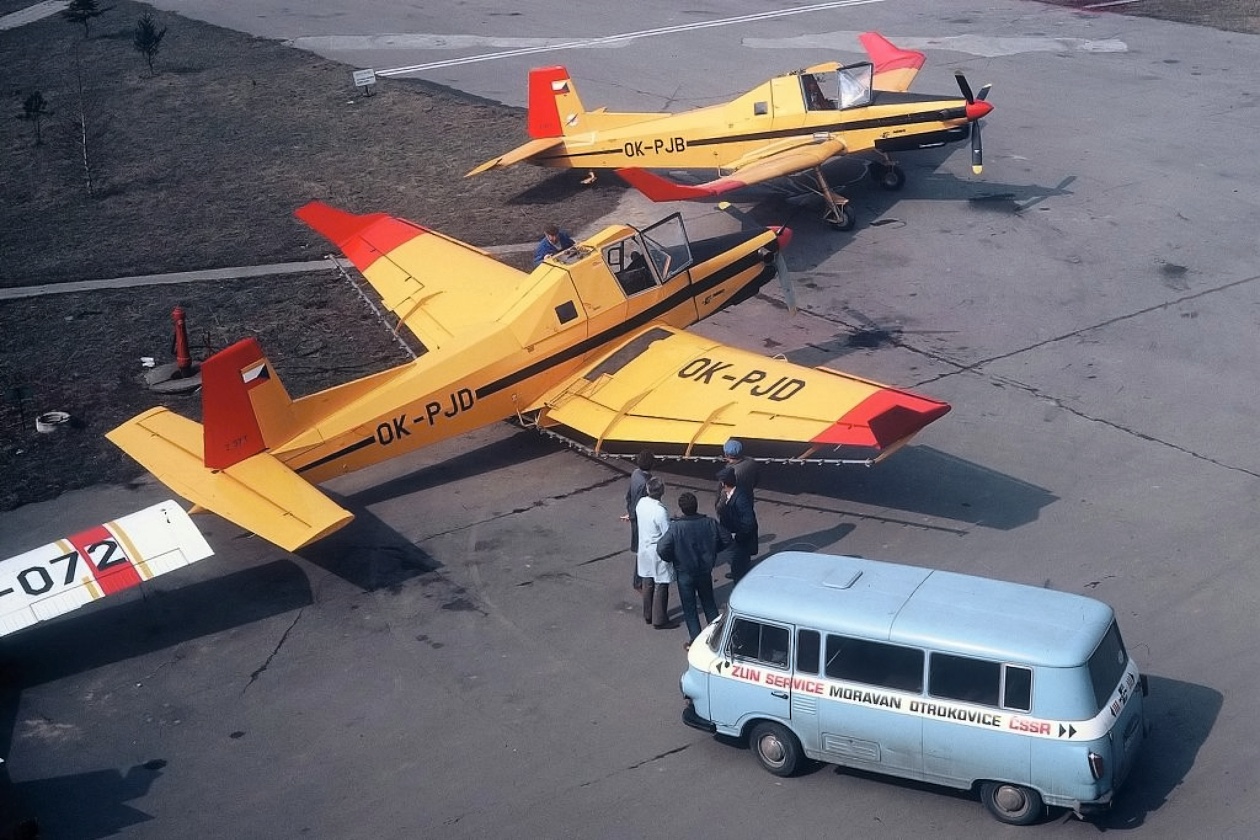It was with this announcement that the pilot of the powder plane, Štefan, welcomed the team members from Křečovice, whom the chairman of the local JZD had requested all the way from Slovakia. This film scene is, as usual, from Jiří Menzel’s cult comedy Vesničko má středisková from 1985. Although its main storyline revolves around the driver Pávek and his mentally retarded transporter Otík Rákosník, a love plot also develops in parallel with it. In this relationship, Turk’s wife Jana secretly meets with the womanizer Kašpar, while Jana’s jealous husband tries to catch them both. In addition to these two storylines, however, the film also features several significant secondary characters, such as the village doctor MUDr. Skružný, who likes to enjoy the local countryside while driving in his car, which almost always ends in a crash or, in the best case, a breakdown of the car. The film won several awards at various international film festivals in Canada, USA, France and Spain between 1986-87.
The agricultural plane from which Štefan gets off after landing in the field in Křečovice is a Zlín Z-37 Čmelák. It is a machine with registration OK-HJC, which was stored in a hangar at the airport in Mariánské Lázně for several decades after the film was finished. It was not until December 2022 that the National Agricultural Museum acquired it in its collections, which today exhibits it in its Ostrava branch. Suspended on just three points on the roof structure, it is part of the permanent exhibition Agricultural technology. The same type of aircraft, but this time with the designation OK-CKU, also appeared in the comedy musical Trhák. During this episodic film scene filmed at the airport of the Letňa Aeroclub, the pilot tries to impress one of the three beautiful daughters of the gamekeeper Kalina with his song Mít křidla. The film itself parodies the socialist agitation films of the time with a kind of satirical humor, while the whole plot deliberately escalates to the extreme. The last film in which Bumblebee also appears, even if this time only for a few seconds, is the family film Alarm in the Clouds.
Zlín Z-37 Čmelák
The machine was created at the end of the 1950s, when the Czechoslovak Republic received a mandate from the Council for Mutual Economic Assistance (RVHP) to develop and manufacture agricultural aircraft. The specification for a completely new type of aircraft contained a wide list of requirements, which included, for example, the ability to take off from short and unimproved areas, to fly very low above the ground at low speeds, or to be robust enough to withstand rough handling and the vagaries of nature. In the competition held in 1960, the XZ-37 project was finally selected for implementation, which was created by the cooperation of the companies LET Kunovice and Moravan Otrokovice. This prototype was flown for the first time on June 29, 1963 by the factory pilot Vladimír Vlk, and even then it became clear that the machine met most of the required specifications.
During serial production, which began in 1965, the entire production process was divided between three companies. The fuselage and application equipment were in charge of Moravan Otrokovice, the wings and tail surfaces were provided by LET Kunovice, and the landing gear was developed and produced by Technometra Radotín. The final assembly of the aircraft then took place exclusively in Kunovice. In 1971-77 and 1983-84, the Z-37A version was produced, which had even better corrosion resistance. The Z-37A-2 model was used for training new pilots with two controls and seats located behind each other. The special four-seater variant Z-37C3 (called Hyena) served for the state air inspection and later for the ÚZPLN. In 1967, a single copy of the Z-37C was produced with the American inline-six Continental engine, which should have given the aircraft the potential to penetrate Western markets. However, it did not prove its performance, so this version was not mass-produced.
The fuselage of this aircraft is an all-metal frame coated with duralumin and partly with tesil fabric with polyurethane coating, which is highly resistant to chemicals. Either a spreader or a spraying device with nozzles was mounted under it as needed. The three-piece all-metal wing with fixed slots and large two-slot lift flaps ensures good maneuverability even at very low operating speeds. The fuel tanks with a total capacity of 250 liters could be supplemented with two additional 125 l tanks, which were placed under the wings. However, fuel could not be pumped from them in flight, so this operation had to be performed manually by a mechanic on the ground.
The machine’s cockpit is located high above the nose of the aircraft and allows an excellent view even when flying at a high angle. Just behind the pilot’s seat is a chemical tank with a volume of 650 l, from which it is possible to apply liquid, loose and granular chemicals. Behind it is an emergency seat (the so-called trucovna), where the mechanic sits with his back to the direction of flight during overflights from permanent bases to field airports. The unusually high and massive undercarriage allows not only to achieve a very low landing speed, but also a safe distance of the propeller disc from the ground. The drive unit then consists of a modified nine-cylinder Ivchenko AI-14 engine equipped with new reducers and renamed Avia M-462RF. A double-bladed, hydraulically adjustable V-520 propeller was then installed on it.
A new generation is coming
In 1981, the Kunovice LET reworked the entire original concept of the Bumblebee, resulting in a machine with several significant innovations. Since the XZ-37T prototype was powered by the M-601 B turboprop engine with a power of 515 kW, it was also necessary to significantly lengthen and adapt the entire fuselage of the aircraft. Other changes were an increase in the volume of the boiler from the original 650 to 1,000 l, winglets were added at the ends of the wings and the shape of the tail surfaces was partly changed. The flight of the prototype took place on September 6, 1981 and was soon presented at the 10th Air Day with Flowers. In 1982, development moved to Moravan Otrokovice, when three more prototypes were built. The first took to the air for the first time on July 12, 1983, the second took off on December 28 of the same year, and the last was taken for breaking tests.
Series production, which took place in Moravan Otrokovice, included a total of 50 aircraft between 1984-1992, including prototypes and 2 pieces of the two-seater Z-137T2 variant. Machines up to production number 024 designated Z-37T Agro Turbo had installed M-601Z engines with a power of 360 kW. From the 3rd series, a number of modifications were gradually made, among which were, for example, a two-stage filter in the air intake of the engine, changes in agricultural application accessories or improvement of the aircraft’s flight characteristics. Starting with production number 030, the machines received more powerful engines with a power of 380 kW and were renamed Z-137T Agro Turbo. An interesting fact is that the two-seater training versions of the Z-37T-2 have a small 400 l tank mounted behind the cockpit, intended for practical training.
A farmer with a soldier’s soul
Even though the Bumblebee and later the Turbobumblebee were developed primarily with the intention of agricultural use, the chance to produce a multi-functional military variant appeared for a while in its history. The first glimmers of this vision first appeared in 1984, when a request came from the then GDR to create an aircraft for special purposes. From the first production series of Z-37T, an example of production number 006 was therefore selected, on which several necessary modifications were made. For reasons of carrying weapons and other military equipment, it was primarily a matter of strengthening the structure of the airframe. The resulting machine was to have several ways of use. In addition to the version of the subsonic attack battleship, a type intended for connection, observation, photography, radiation purposes or with special mining equipment was also considered. Successful verification tests of all additional equipment and fuel tanks in the area of the Otrokovice airport also took place.
But the candle of hope went out too soon. The presentation of the machine in front of the generals of the GDR army in September 1985 at the military shooting range in Malacky was canceled and even though everything pointed to a successful start of production (test results, flight demonstrations, etc.) the order from the customer ultimately did not take place for unknown reasons. Unfortunately, the only positive aspect of the development of the Turbo Military version was the fact that it was 24 years ahead of its time with its concept. The American company Air Tractor Inc. came up with this idea again in 2008, when it introduced the AT-802U version and later the S2R-660 as part of the Archangel BPA (Border Patrol Aircraft) project.
The fate of the prototype
After the end of the entire program, the machine was put back into production condition and sold to Slov Air as the Z-137T. In the nineties, it flew with Reas Brno and Air Special Ústí nad Orlicí, and in 2005 it was sold to Hungary, where it fell into disrepair until 2016. It was then that it was discovered and saved by members of the Kunovice museum. After a demanding restoration at the company Simply Fin, the members of the museum reassembled it in its original form, and since 2017 it has been exhibited in the premises of the already mentioned museum.
Zlín Z-37A Bumblebee
| Manufacturer | Let Kunovice and Moravan Otrokovice |
| Crew |
|
| Capacity | 650 l of chemicals |
| Airplane type | Low wing |
| Engine | Avia M-462 RF |
| Engine power | 232 kW |
| Speed |
|
| Length | 8,55 m |
| Span | 12,22 m |
| Height | 2,90 m |
| Wing area | 23,80 m² |
| Weight |
|
| Available | 4 050 m |
| Flying range | 640 km |
Zlín Z-37TM Turbo Military
| Manufacturer | Let Kunovice and Moravan Otrokovice |
| Crew |
|
| Airplane type | Low wing |
| Engine | Walter M 601 Z |
| Engine power | 382 kW |
| Speed |
|
| Length | 10,46 m |
| Span | 13,63 m |
| Height | 3,51 m |
| Wing area | 27,06 m² |
| Weight |
|
| Available | 5 500 m |
| Flying range |
|
Intended armament and equipment of the Z-37TM
| Conventional weapons | 2 x PK3 container with three PKM machine guns |
| Capacity of bombs |
|
| Missile capacity |
|
| Accessories |
|
source:
https://cs.wikipedia.org/wiki/Trhák_(film)
https://cs.wikipedia.org/wiki/Zlín_Z-37_Čmelák
https://cs.wikipedia.org/wiki/Vesničko_má_středisková
http://www.slavetind.cz/stavba/letadla/Z-37_Cmelak.aspx
https://www.muzeum-kunovice.cz/zlin-z-37tm-turbo-military
http://technet.idnes.cz/praskovaci-letadlo-cmelak-09a-/tec_technika.aspx?c=A130628_132746_tec_technika_kuz
Zlínské letectví: Ilustrovaná historie 1924 - 2004. Zlín: Muzeum jihovýchodní Moravy Zlín, 2009. ISBN 978-80-87130-10-0.

